Resera Natural de s'Albufereta
Sightseeing near Alcúdia
Latitude
39° 51’ 31.1” NLongitude
3° 5’ 24.1” EDescription
Resera Natural de s'Albufereta, here the Torrent de s'Albufereta
flows into the Bahia de Pollenca. Torrent is the name for a
mountain river that does not have water all the time. The Torrent
has dammed up a lake in front of the mouth, which is now partly
silted up and has become a habitat for numerous land and water
birds and is now a nature reserve.
https://de.balearsnatura.com
The park is the largest wetland in the Balearic Islands and was formed 100,000 years ago when part of the bay was cut off. In Roman times the water level was 3m higher, the fresh and brackish water area ran as far as the ancient theatre of Pollentia and still today covers over 1600 hectares.
Since ancient times people have tried to exploit the land as you can see from the canals, in the industrial age the English tried to drain the malaria breeding ground, others wanted to extract writing material from the reeds, the ruins of a paper factory bear witness to this. In 1988, the government placed the area under conservation.
The park is home to 61 native and 210 migratory bird species, here is a - egrets, storks, plovers, godwits, kestrels, ospreys, peregrine falcons and flamingos and the rare pug bat. Reptiles include viper snakes, pond turtles and the Iberian water frog. Juvenile eels feed in the food-rich lakes and pools force before the nuptial migration into the Sargasso Sea. Aleppo pines shield the marsh from storms and cold, protecting several orchid species.
The longer trails can be traveled by bicycle, which can be rented from the welcome center. _________________
Resera Natural de s'Albufereta, where the Torrent de s'Albufereta flows into the Bahia de Pollenca. Torrent is the name of a mountain river that does not carry water constantly. The torrent has dammed up a lake before its mouth, which is now partially silted up and has become a habitat for numerous land and water birds and is now a nature reserve.
https://de.balearsnatura.com
The park is the largest wetland area on the Balearic Islands and was created 100,000 years ago when part of the bay was cut off. In Roman times, the water level was 3 metres higher, and the fresh and brackish water area ran as far as the ancient theatre of Pollentia and still covers over 1600 hectares today.
Since ancient times people have tried to exploit the land as you can see from the canals, in the industrial age the English tried to dry up the malaria breeding ground, others wanted to extract writing material from the reeds, as the ruins of a paper factory testify. In 1988 the government put the area under nature conservation.
The park is home to 61 native and 210 migratory bird species, there is a - Little Egret, Stork, Plover, Black-tailed Godwit, Kestrel, Osprey, Peregrine Falcon, Flamingos and the rare Pug Bat. Among the reptiles, the viper snakes, swamp turtles and the Iberian water frog are represented. Young eels feed in the food-rich lakes and ponds before the wedding procession to the Sargasso Sea. Aleppo pines protect the swamp against storms and cold and also protect various species of orchids.
The longer paths can be travelled by bicycle, which can be hired from the reception centre.
https://de.balearsnatura.com
The park is the largest wetland in the Balearic Islands and was formed 100,000 years ago when part of the bay was cut off. In Roman times the water level was 3m higher, the fresh and brackish water area ran as far as the ancient theatre of Pollentia and still today covers over 1600 hectares.
Since ancient times people have tried to exploit the land as you can see from the canals, in the industrial age the English tried to drain the malaria breeding ground, others wanted to extract writing material from the reeds, the ruins of a paper factory bear witness to this. In 1988, the government placed the area under conservation.
The park is home to 61 native and 210 migratory bird species, here is a - egrets, storks, plovers, godwits, kestrels, ospreys, peregrine falcons and flamingos and the rare pug bat. Reptiles include viper snakes, pond turtles and the Iberian water frog. Juvenile eels feed in the food-rich lakes and pools force before the nuptial migration into the Sargasso Sea. Aleppo pines shield the marsh from storms and cold, protecting several orchid species.
The longer trails can be traveled by bicycle, which can be rented from the welcome center. _________________
Resera Natural de s'Albufereta, where the Torrent de s'Albufereta flows into the Bahia de Pollenca. Torrent is the name of a mountain river that does not carry water constantly. The torrent has dammed up a lake before its mouth, which is now partially silted up and has become a habitat for numerous land and water birds and is now a nature reserve.
https://de.balearsnatura.com
The park is the largest wetland area on the Balearic Islands and was created 100,000 years ago when part of the bay was cut off. In Roman times, the water level was 3 metres higher, and the fresh and brackish water area ran as far as the ancient theatre of Pollentia and still covers over 1600 hectares today.
Since ancient times people have tried to exploit the land as you can see from the canals, in the industrial age the English tried to dry up the malaria breeding ground, others wanted to extract writing material from the reeds, as the ruins of a paper factory testify. In 1988 the government put the area under nature conservation.
The park is home to 61 native and 210 migratory bird species, there is a - Little Egret, Stork, Plover, Black-tailed Godwit, Kestrel, Osprey, Peregrine Falcon, Flamingos and the rare Pug Bat. Among the reptiles, the viper snakes, swamp turtles and the Iberian water frog are represented. Young eels feed in the food-rich lakes and ponds before the wedding procession to the Sargasso Sea. Aleppo pines protect the swamp against storms and cold and also protect various species of orchids.
The longer paths can be travelled by bicycle, which can be hired from the reception centre.
Comments
You can add comments with the NV Charts App (Windows - iOS - Android - Mac OSX).
You can download the current version at nvcharts.com/app.
Buy nv charts covering this place Clicking one of the products will open the nv charts shop.
Places nearby
Related Regions
This location is included in the following regions of the BoatView harbour guide:
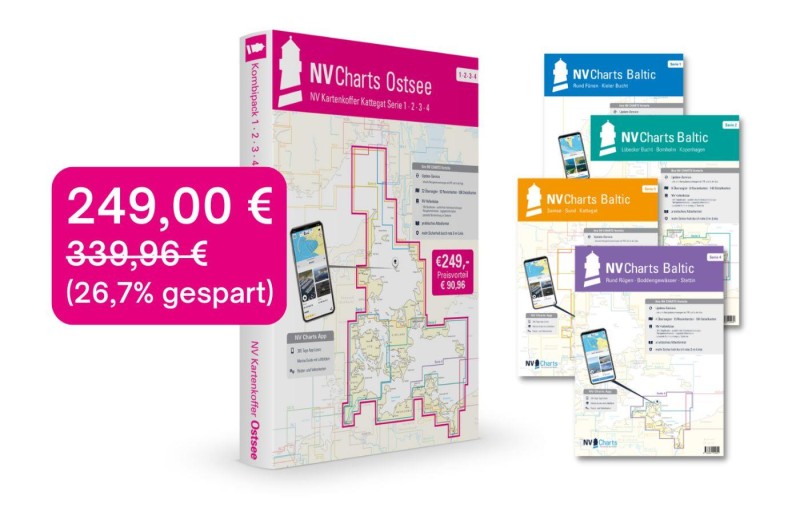
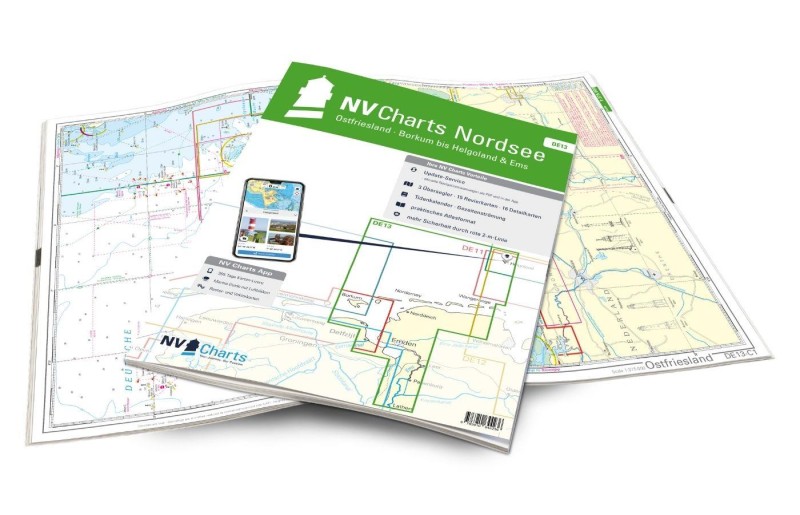
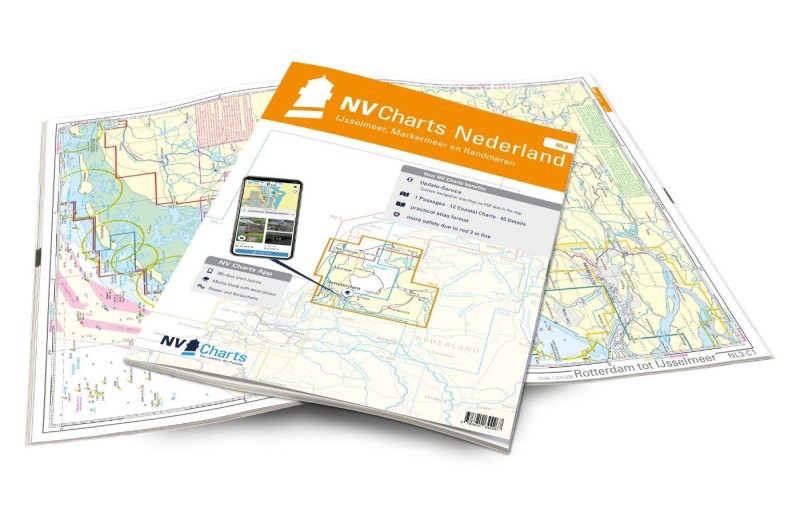
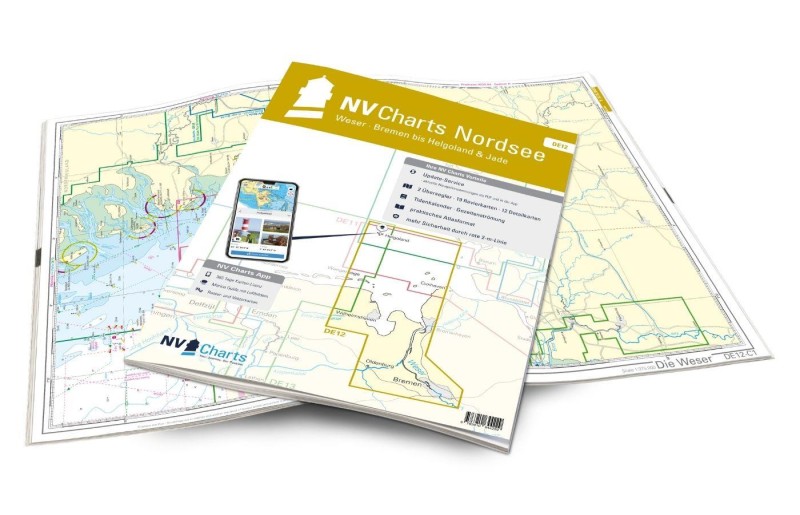
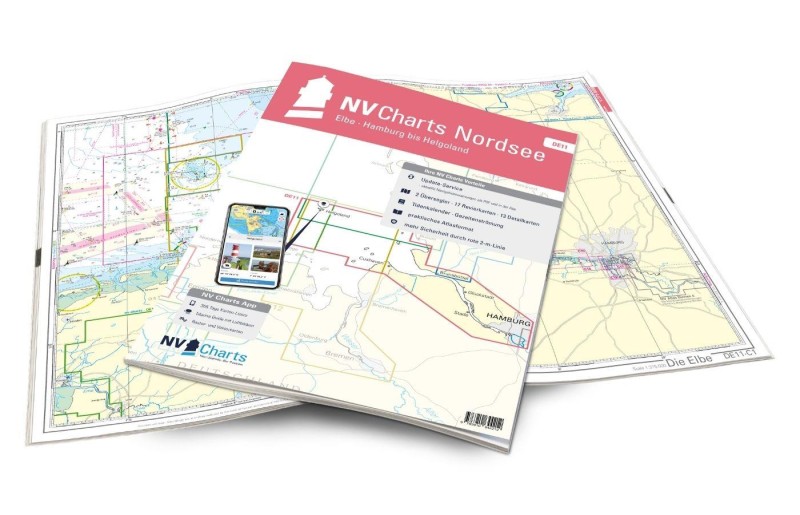
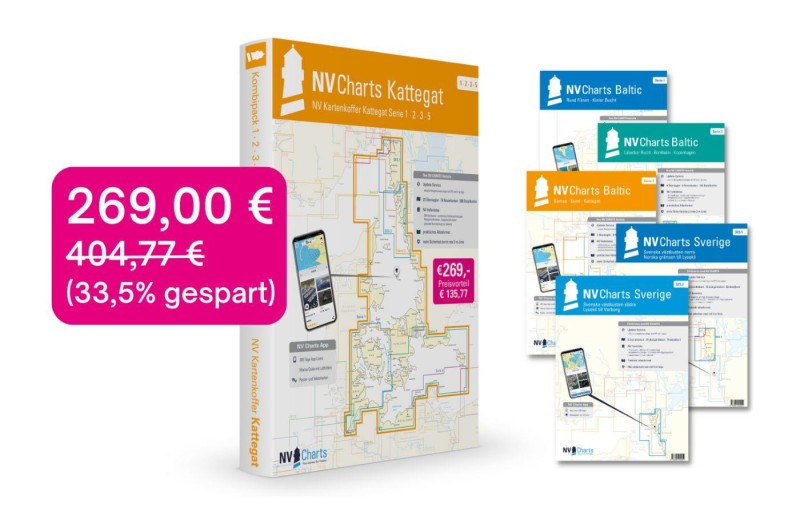
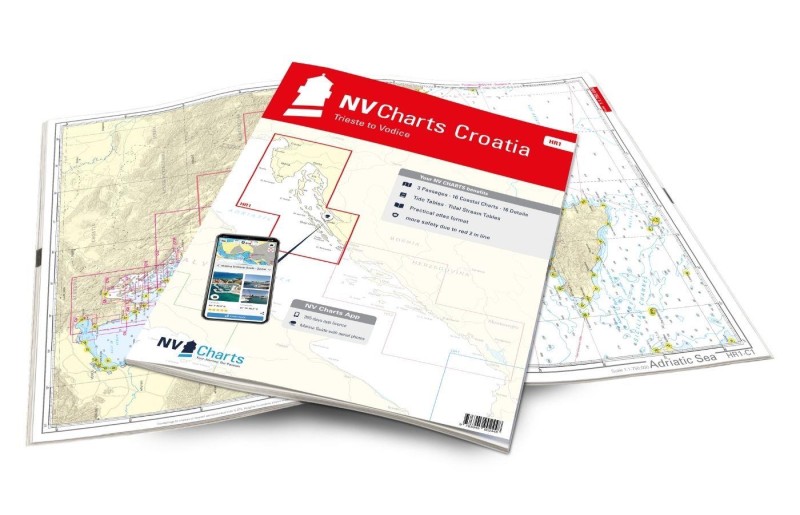
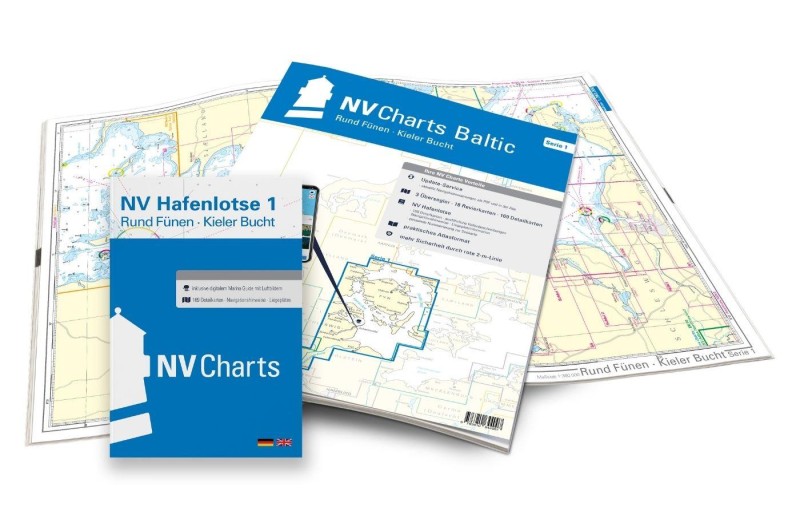
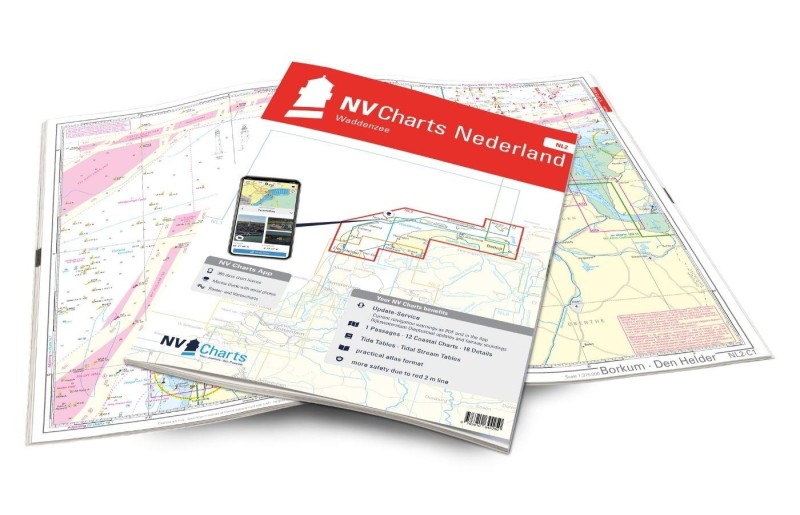
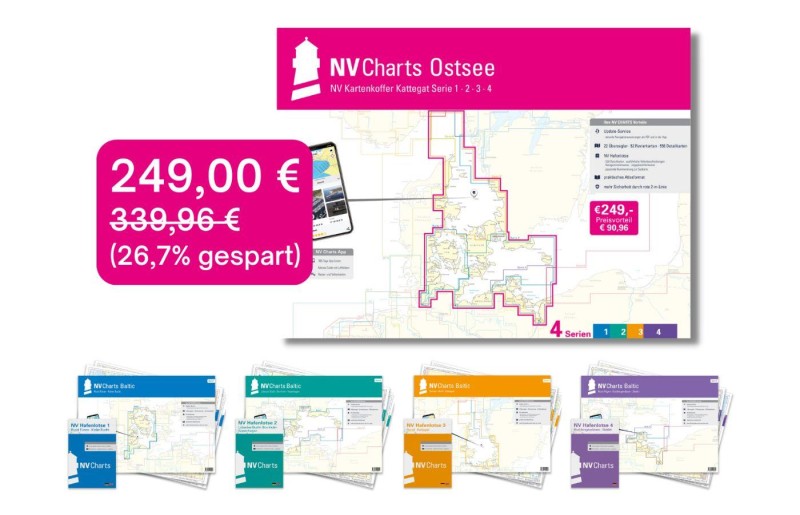
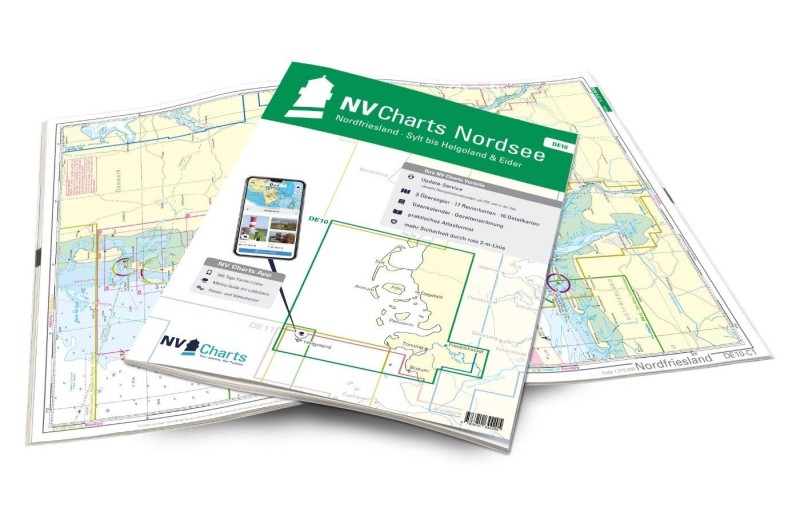
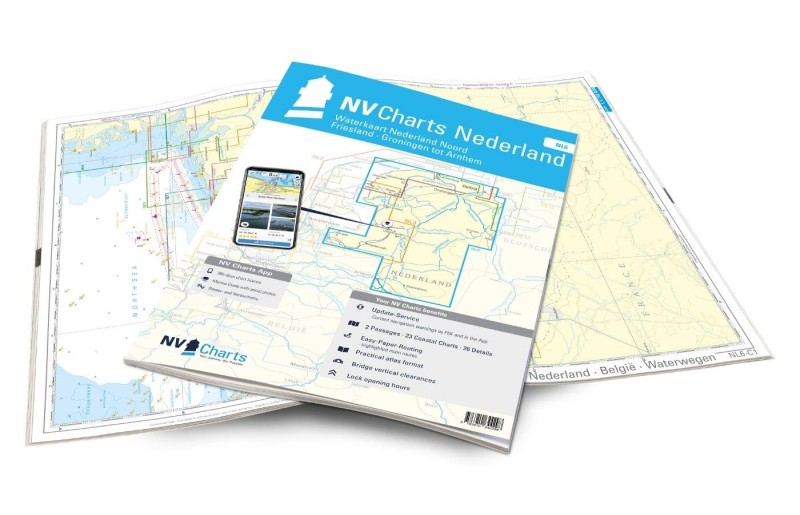
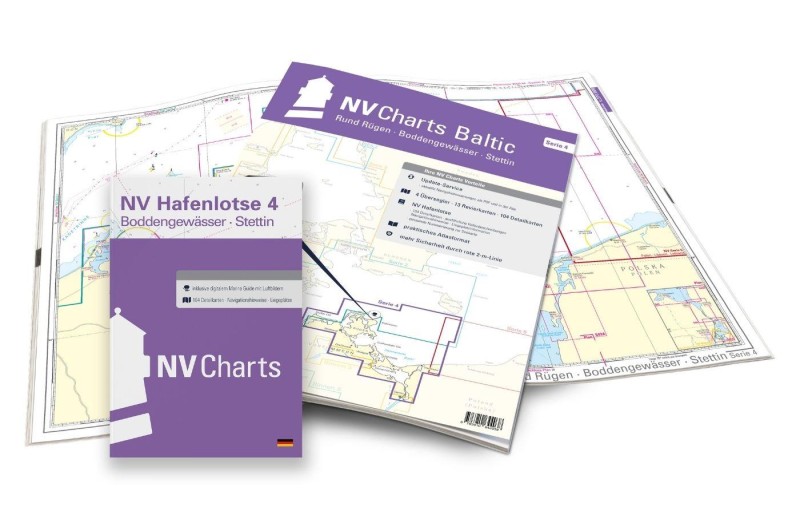
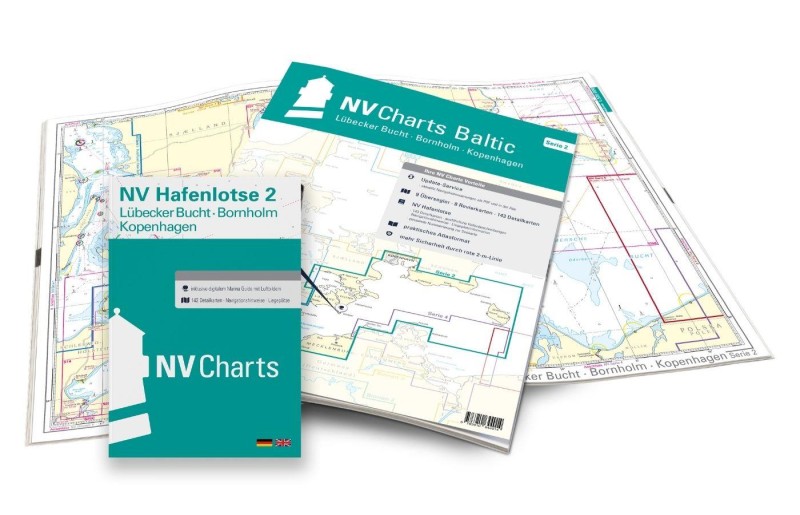
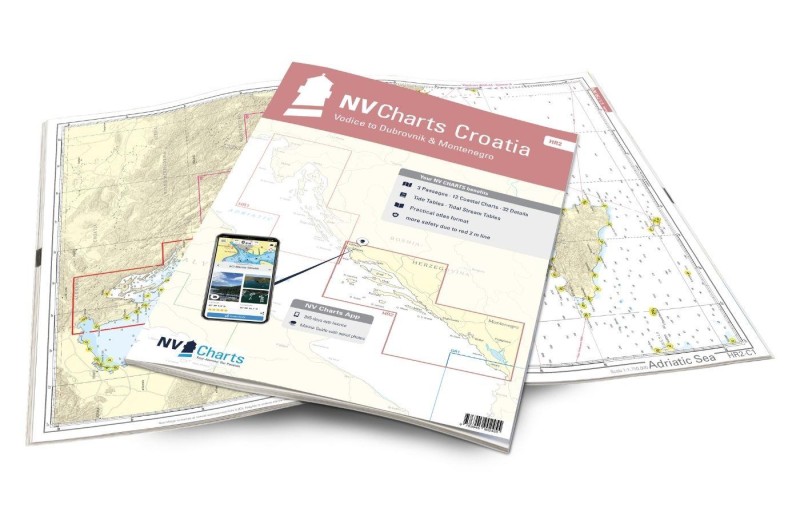
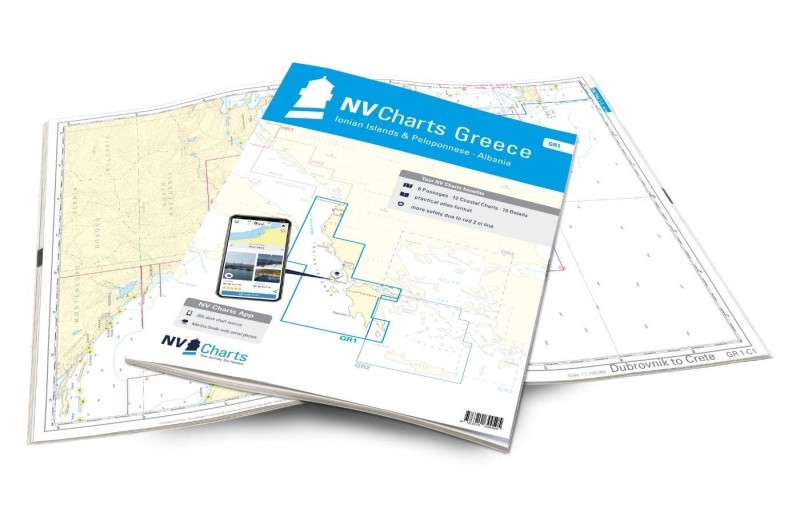
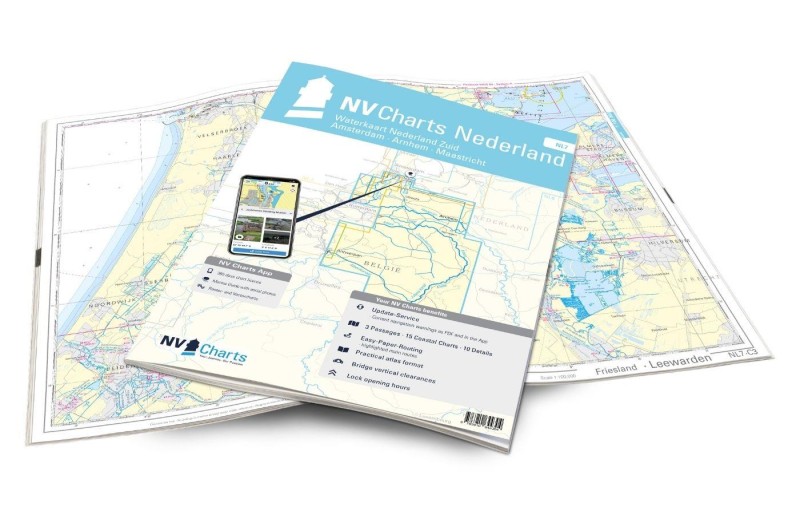
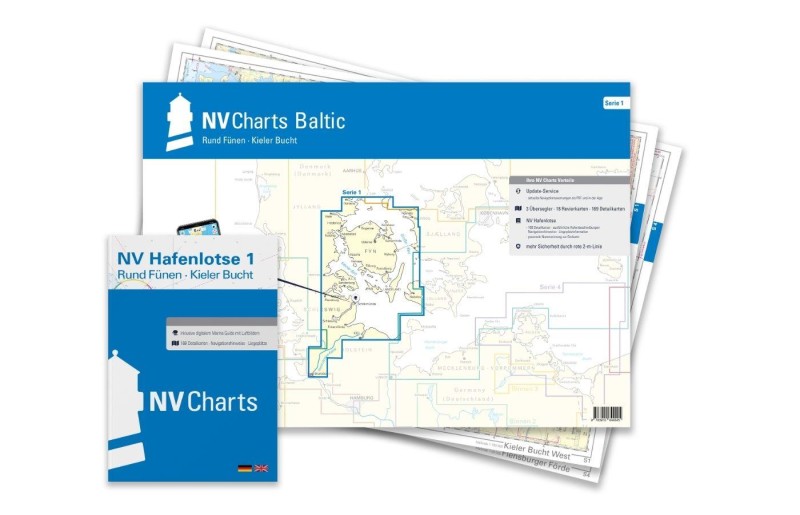
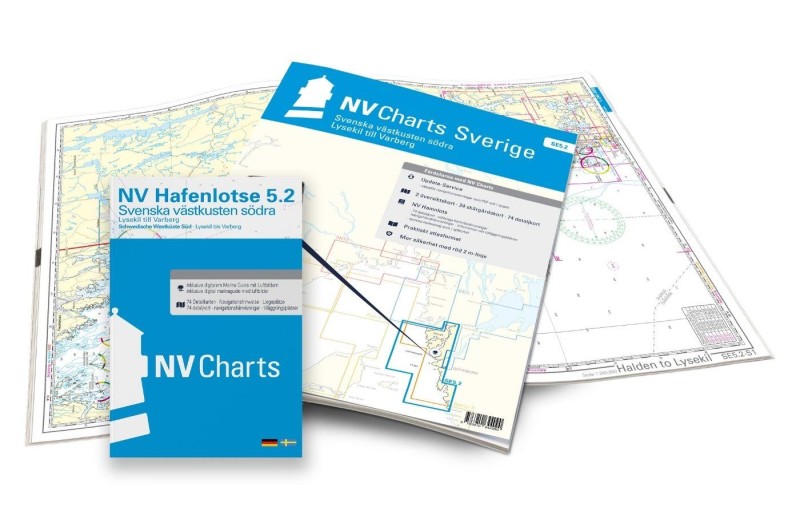
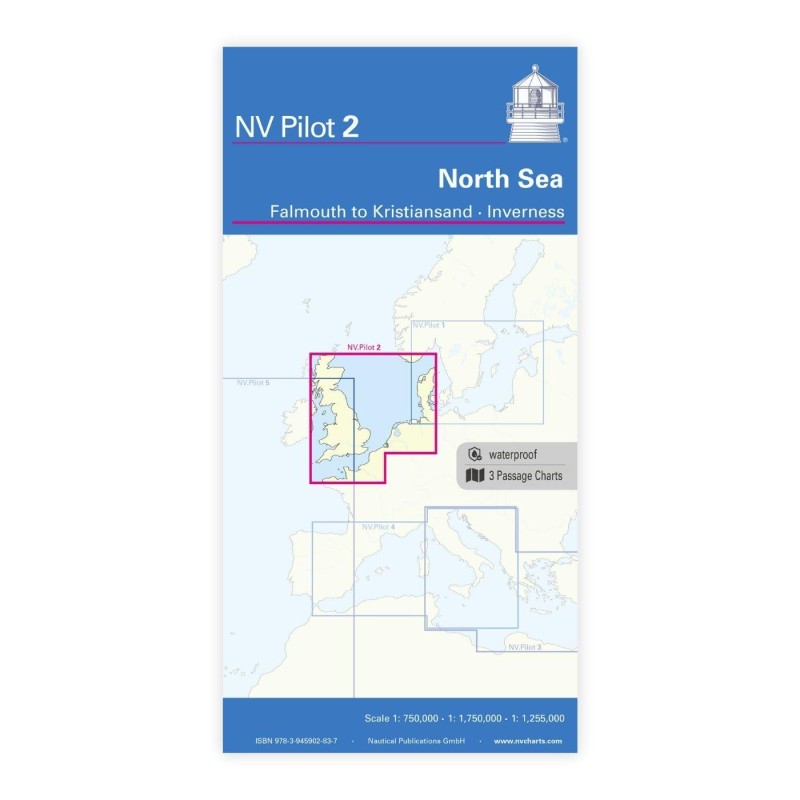
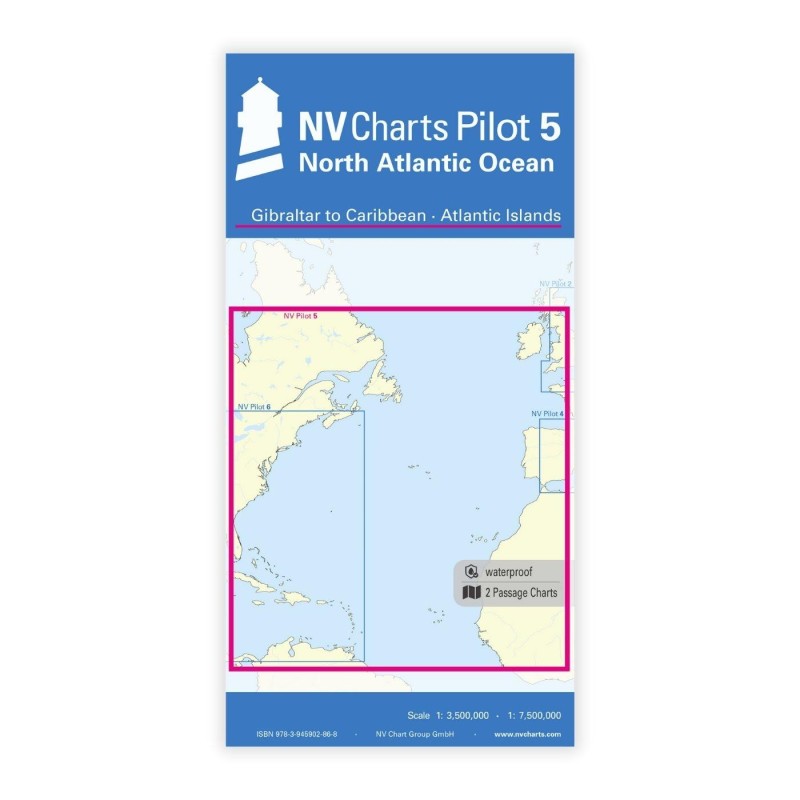
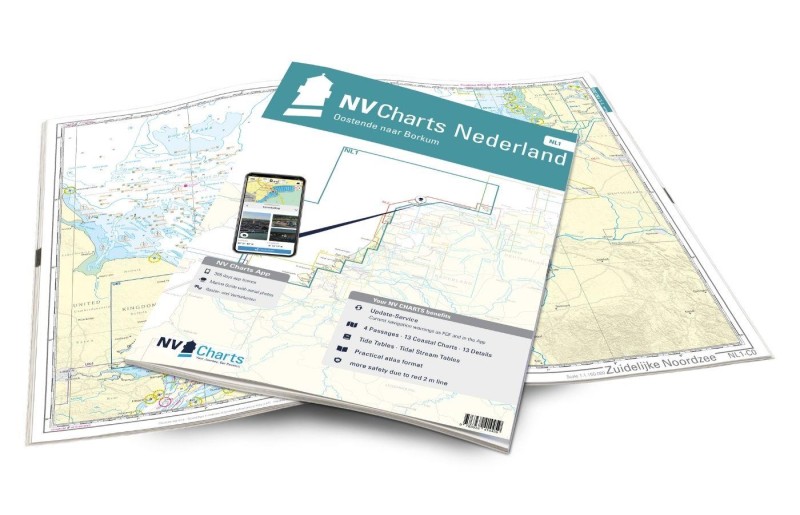
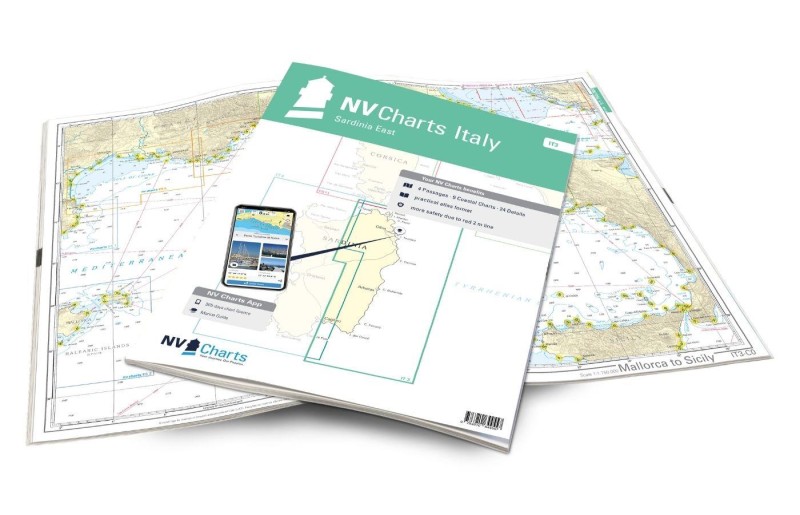
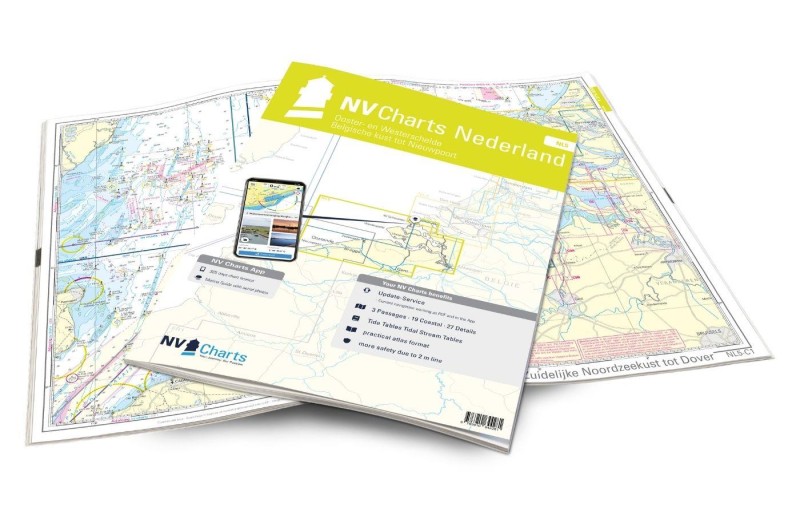
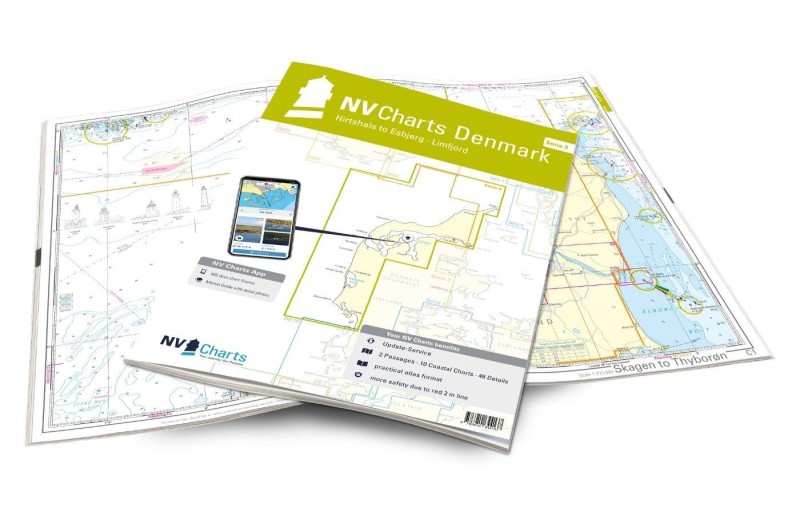
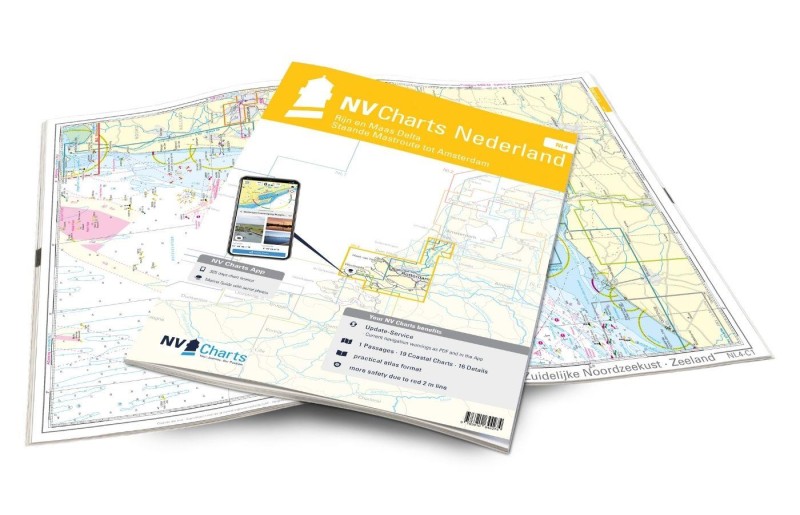
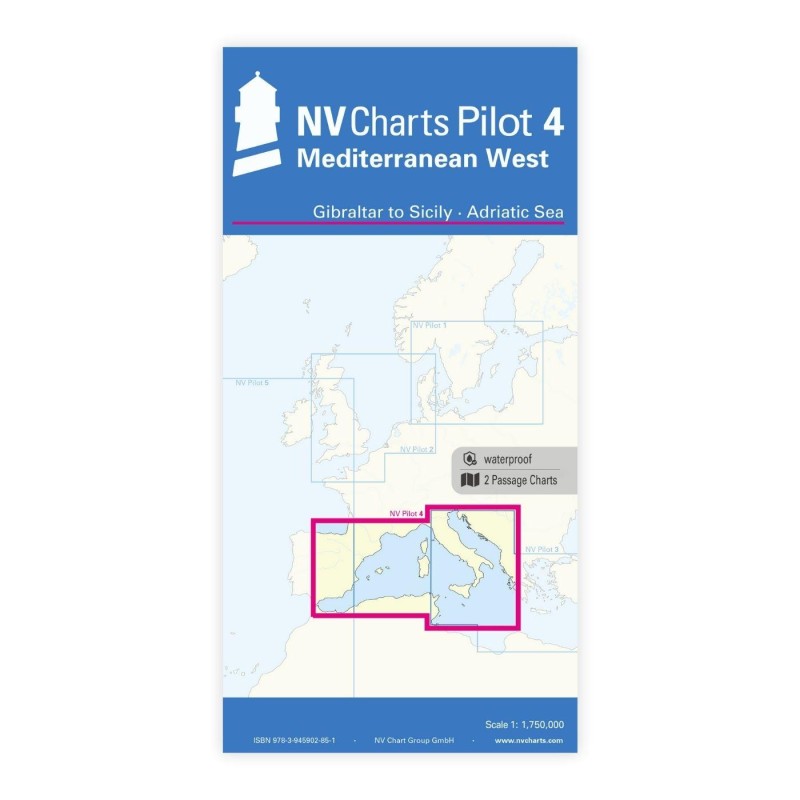
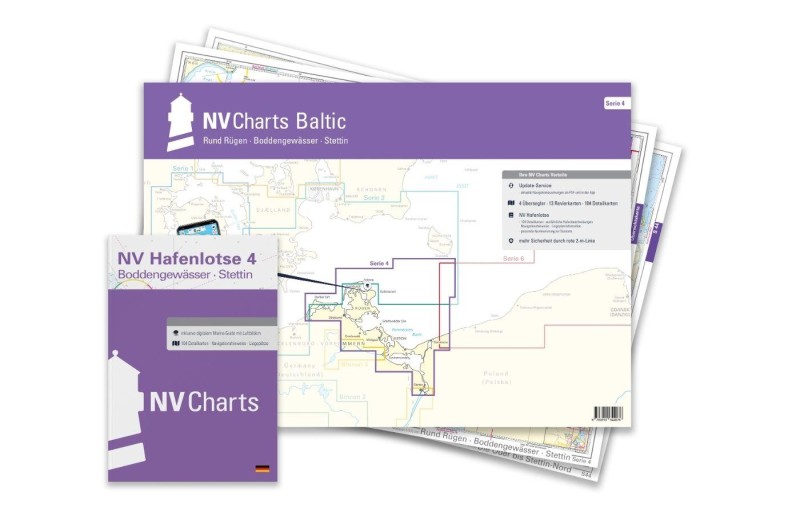
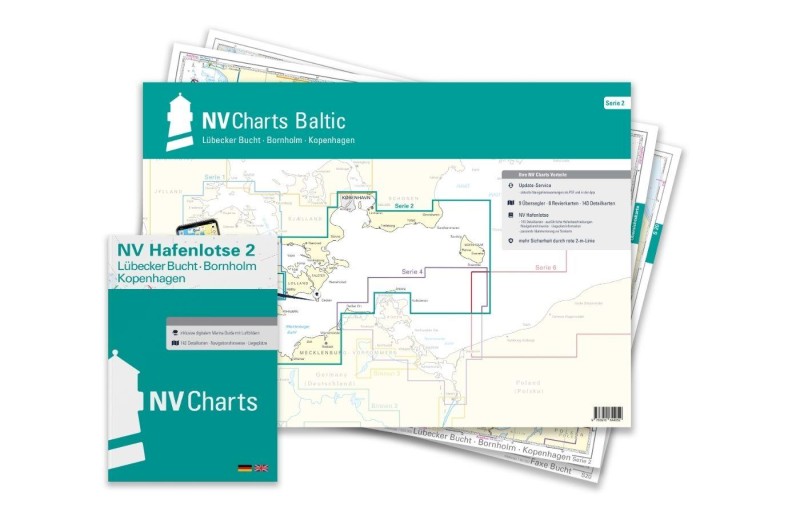
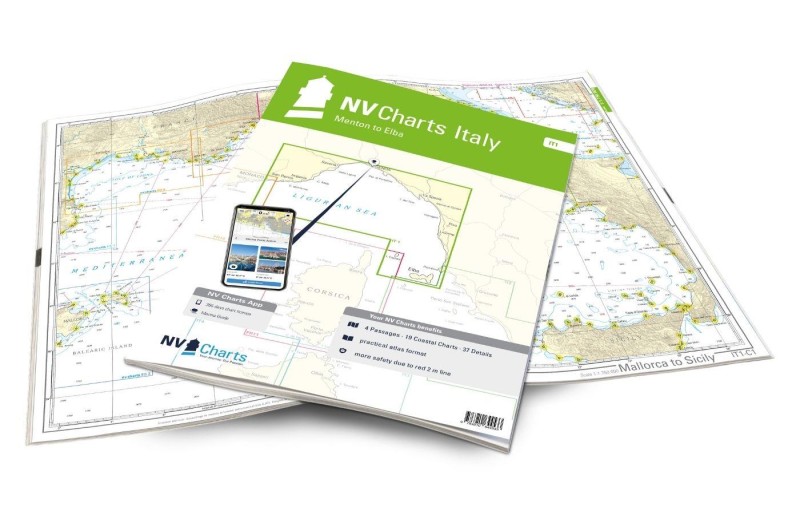
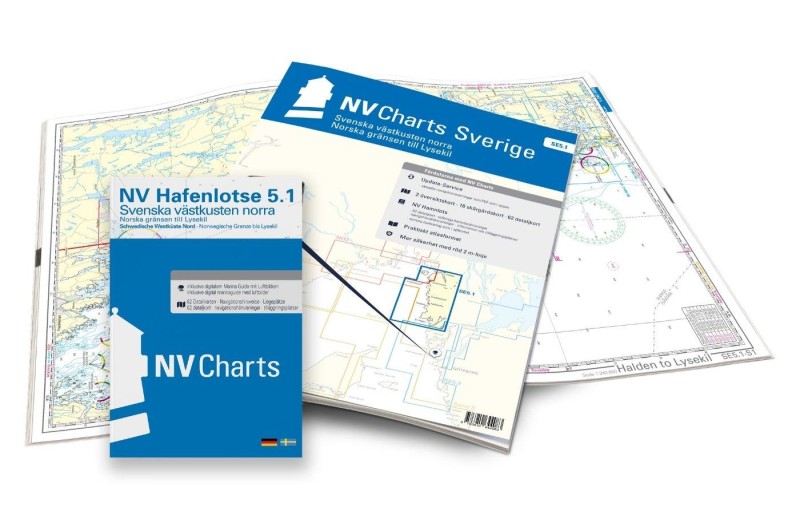
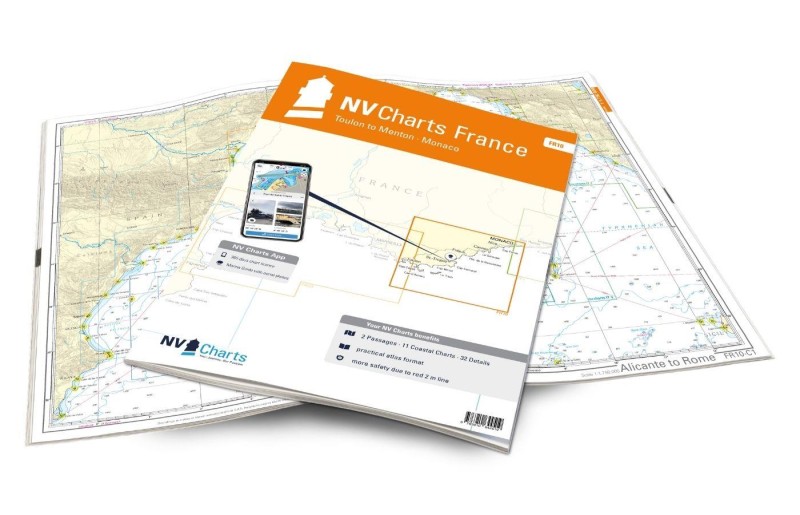
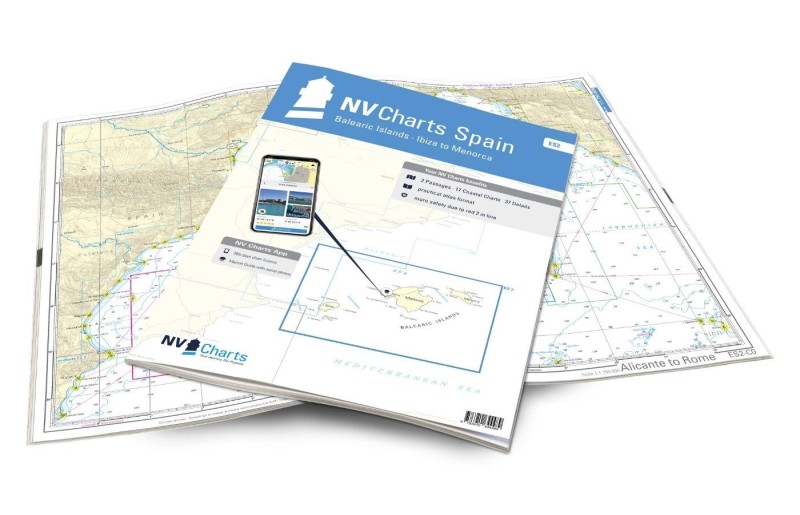
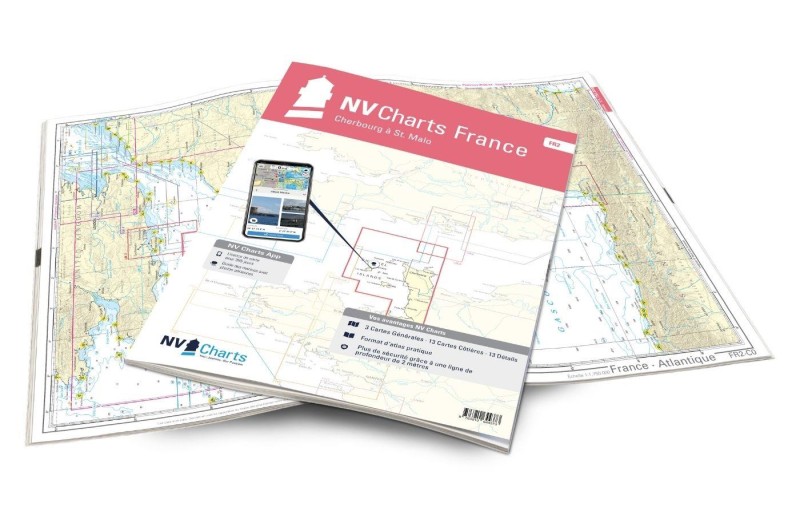
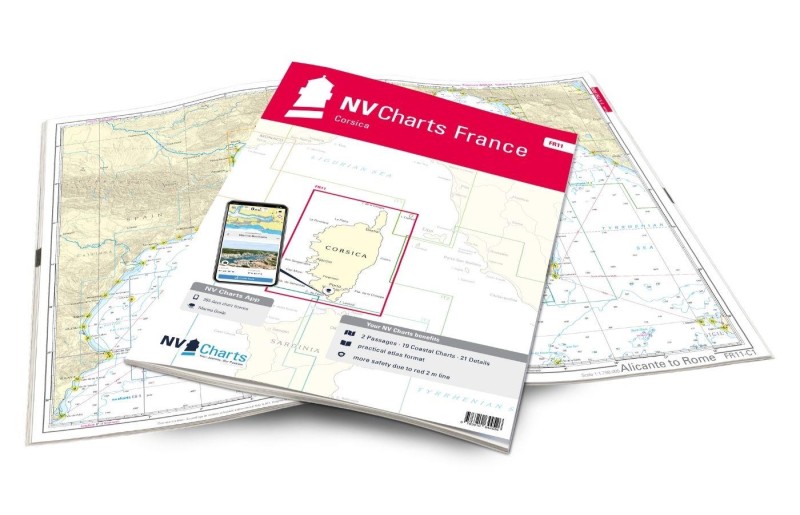
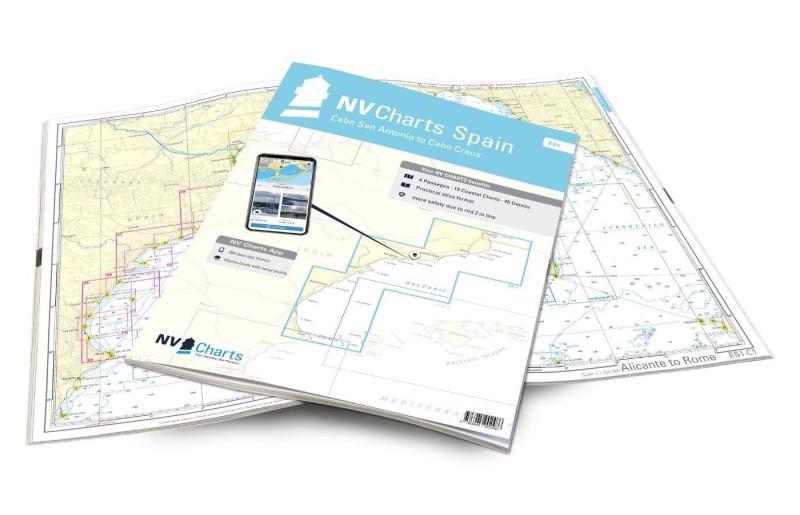
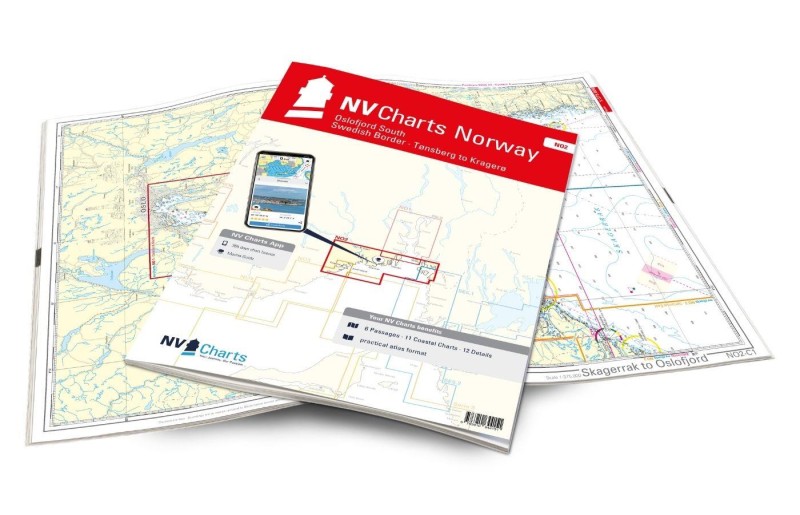
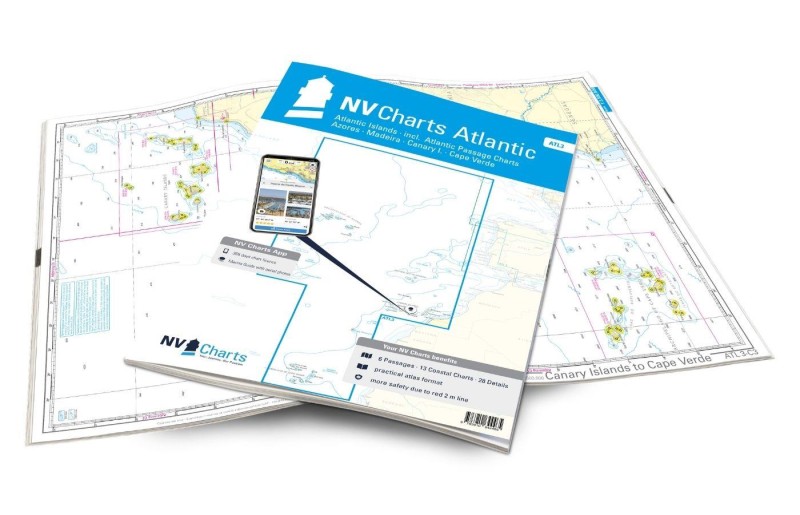
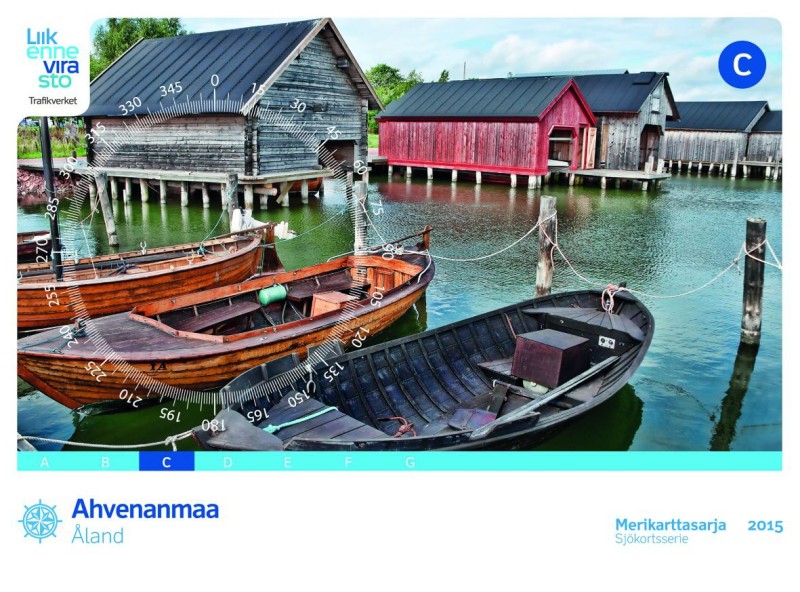
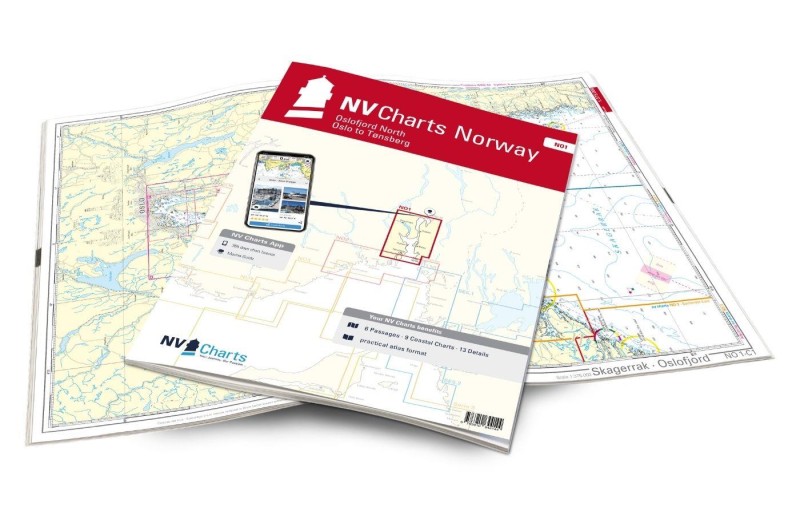
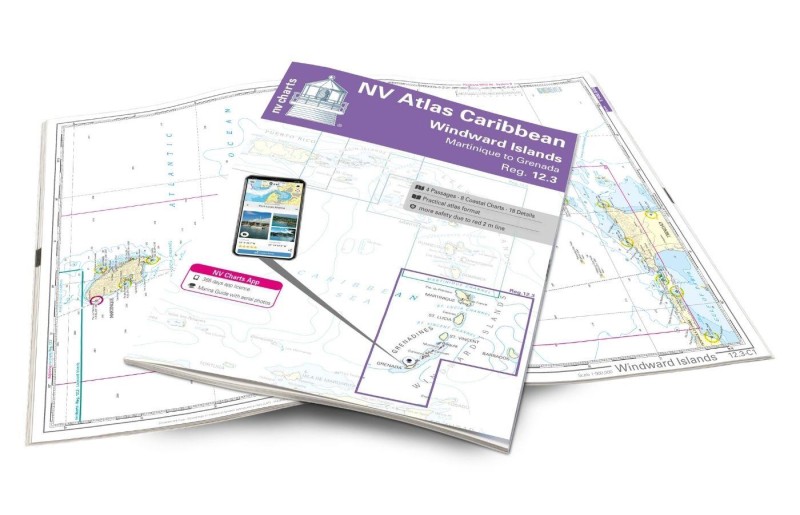
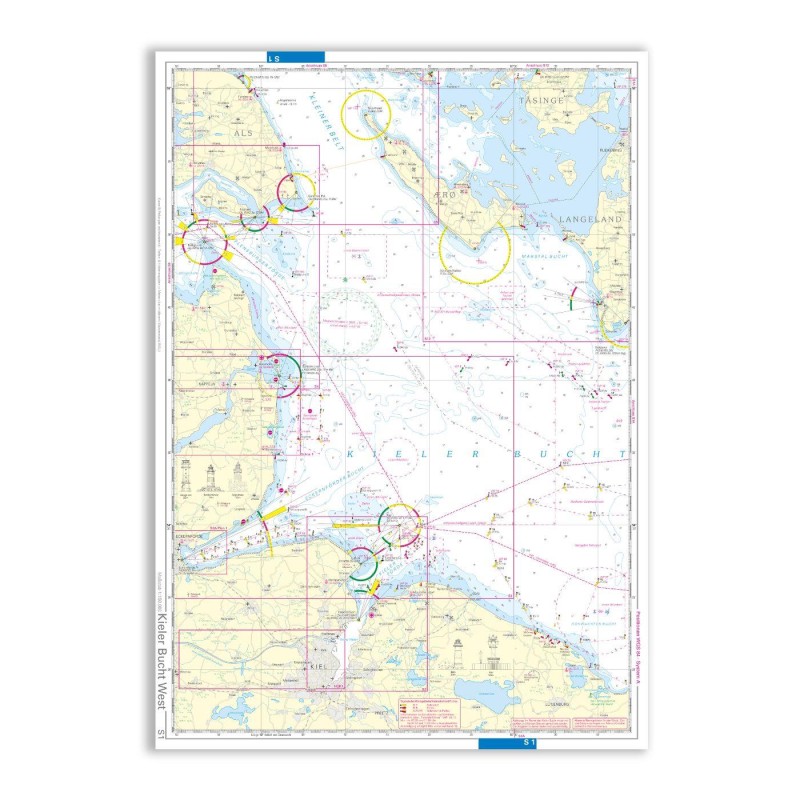
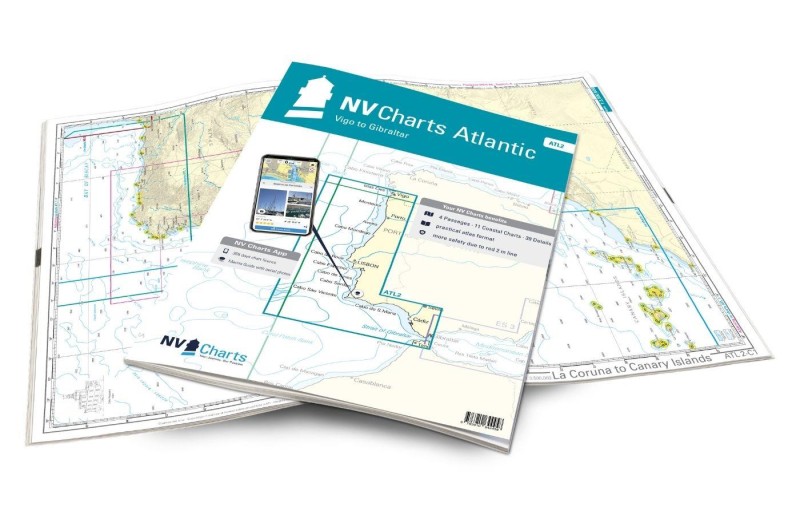
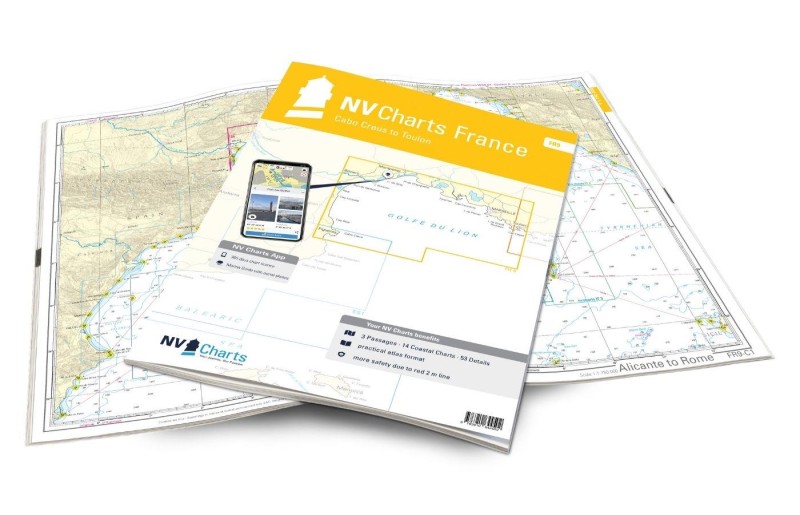
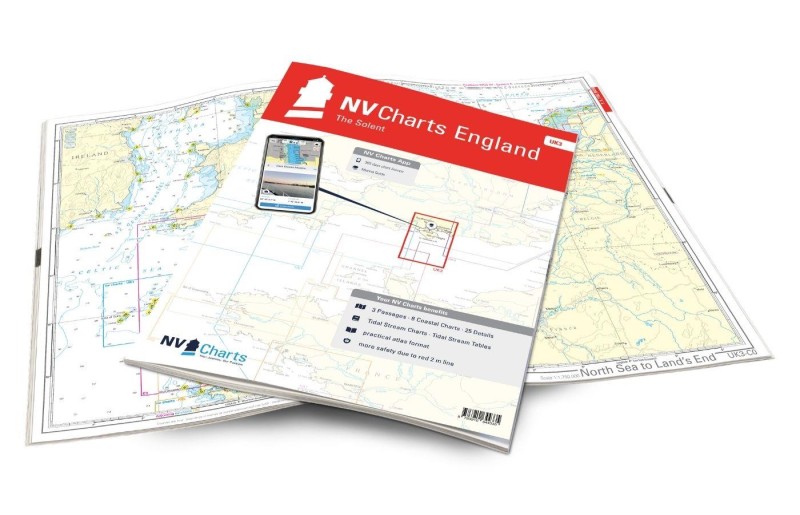
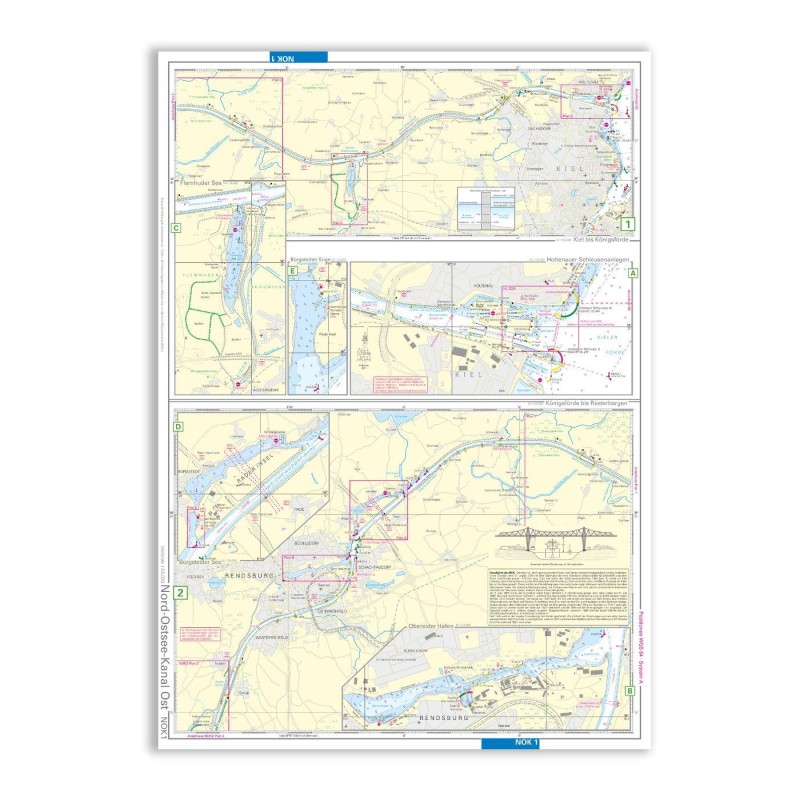
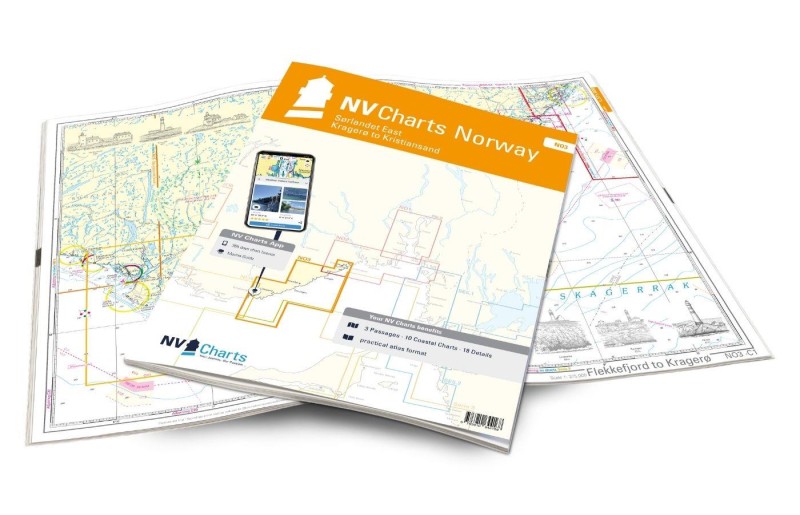
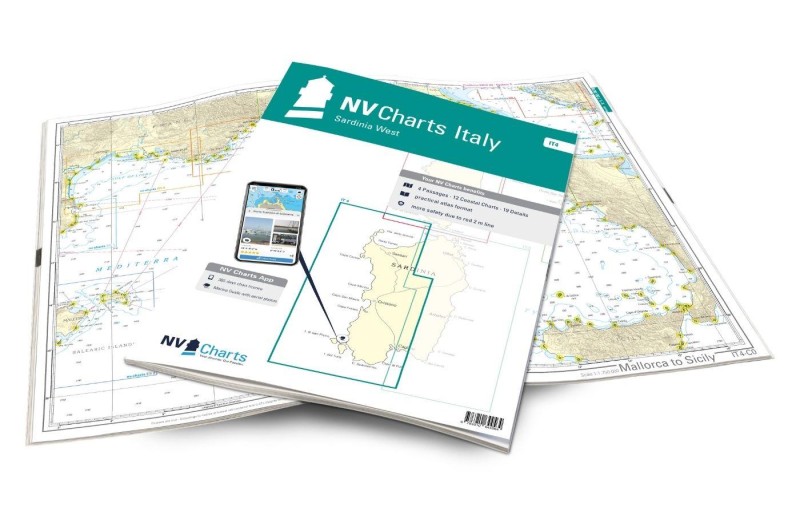
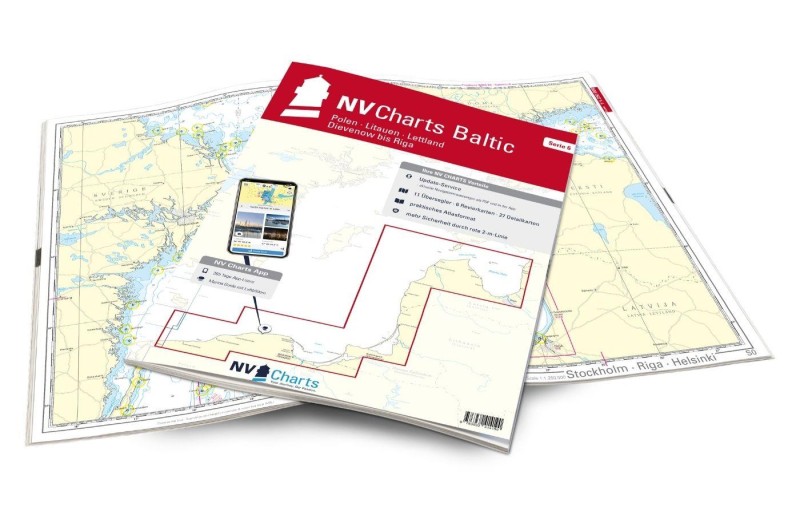
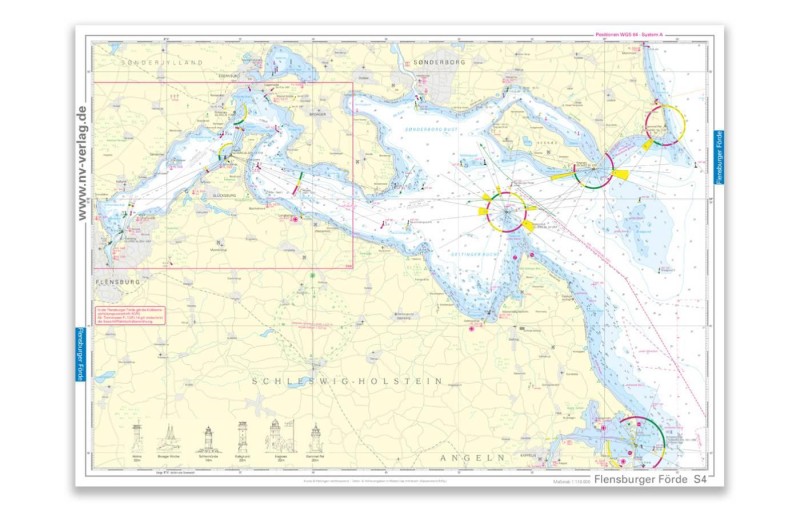
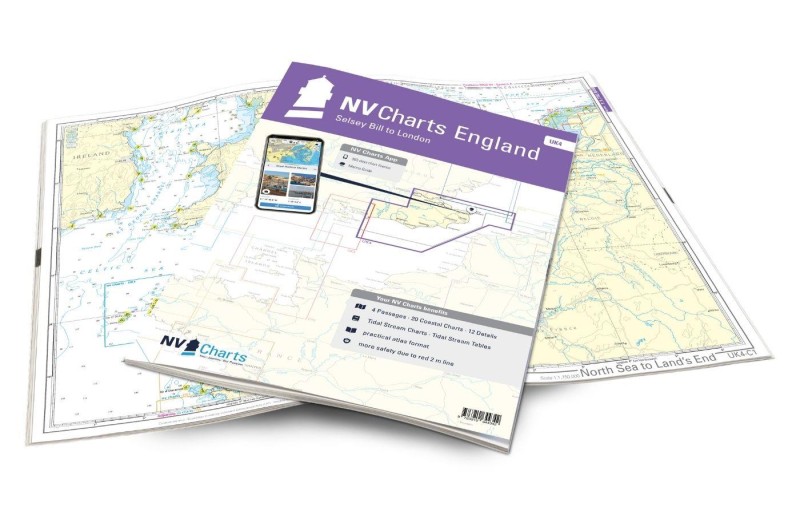
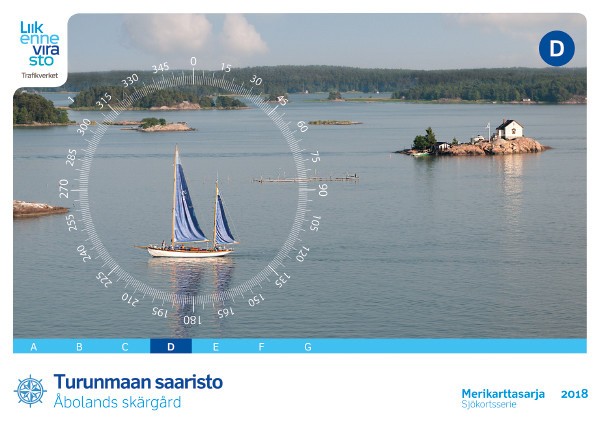
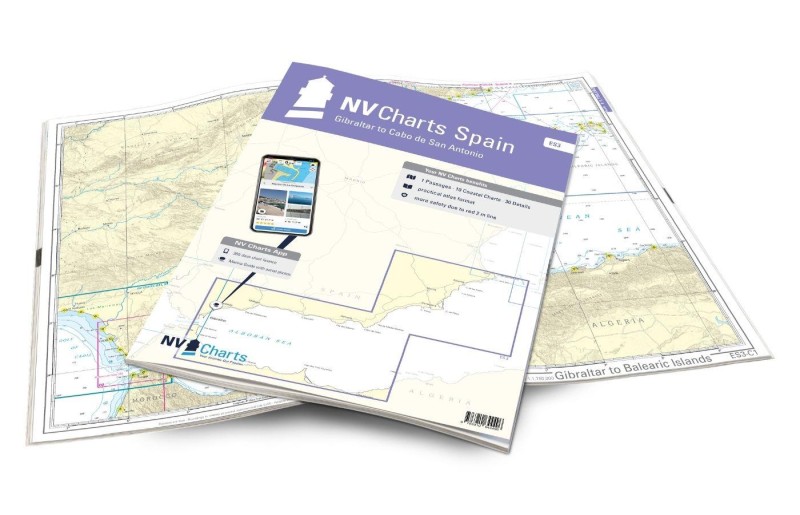
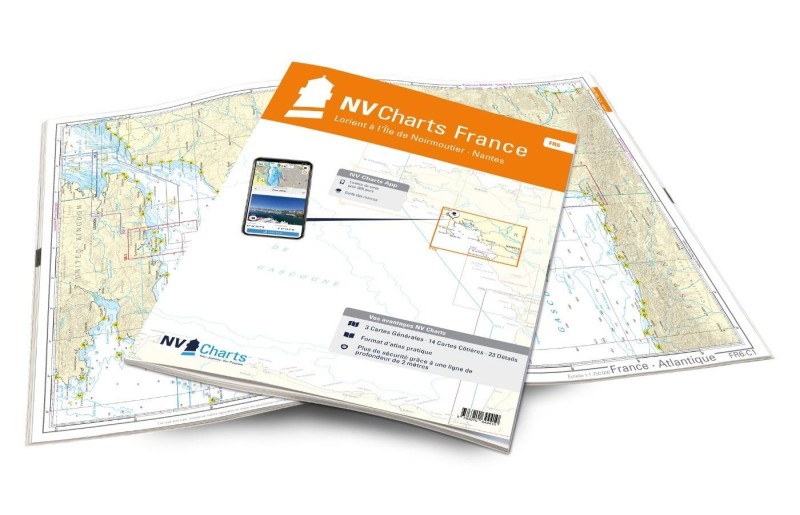
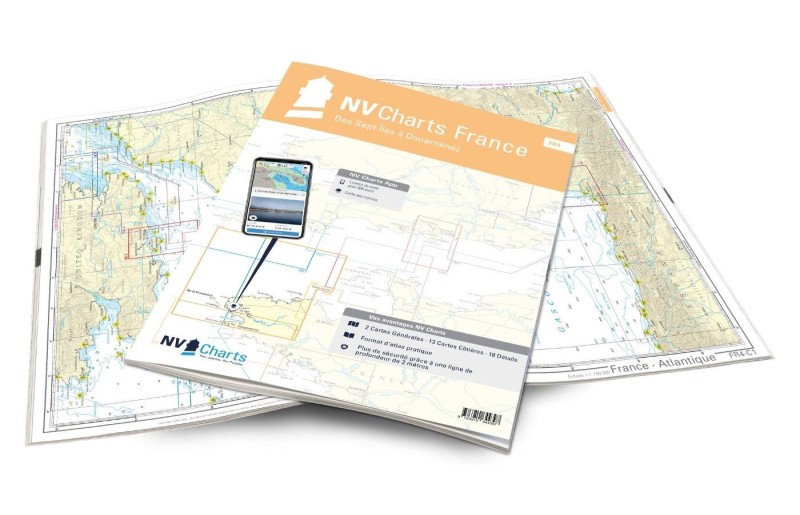
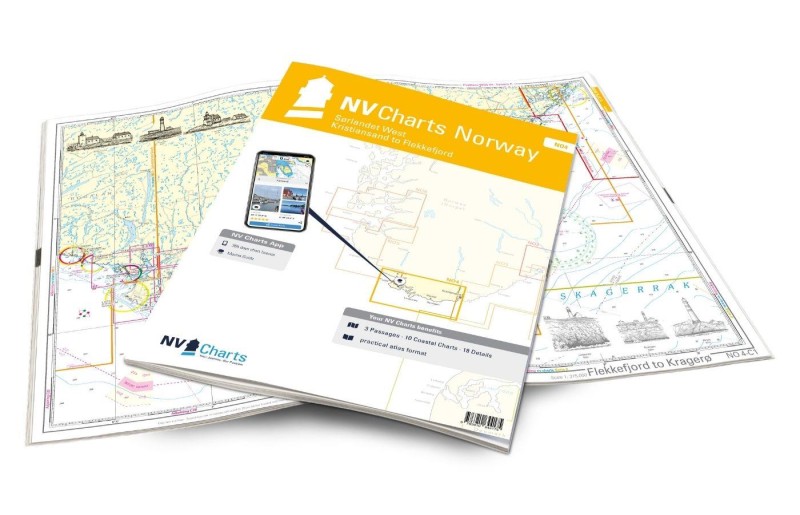
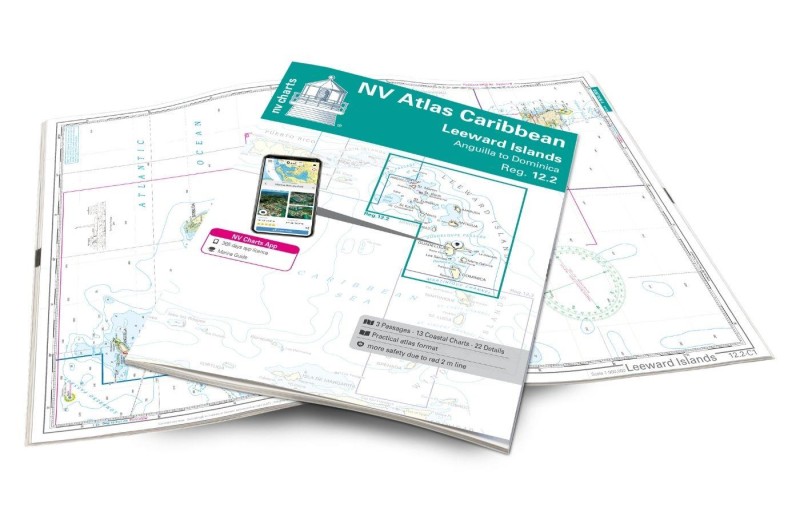
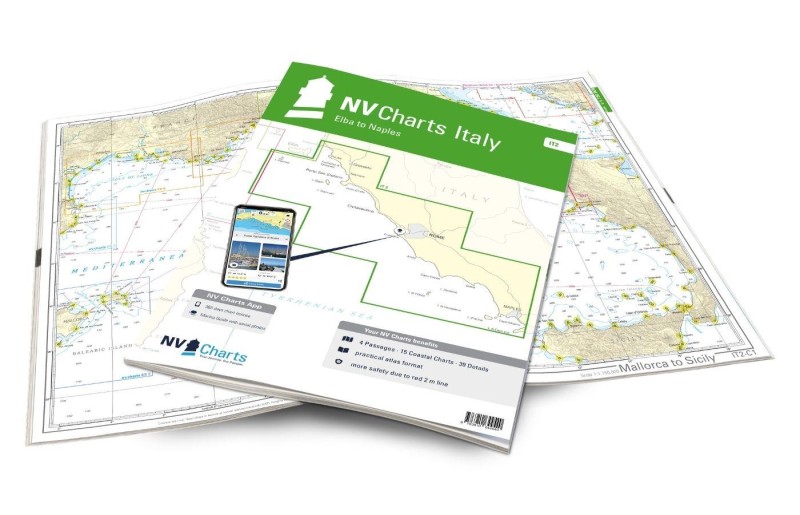
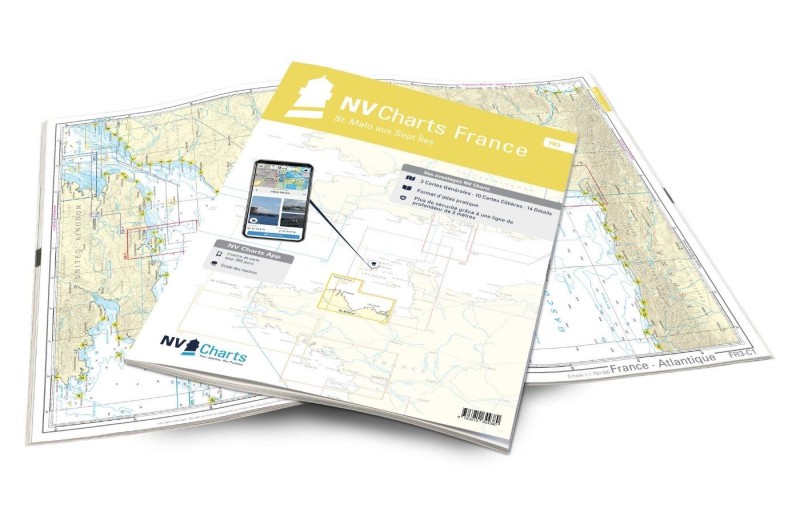
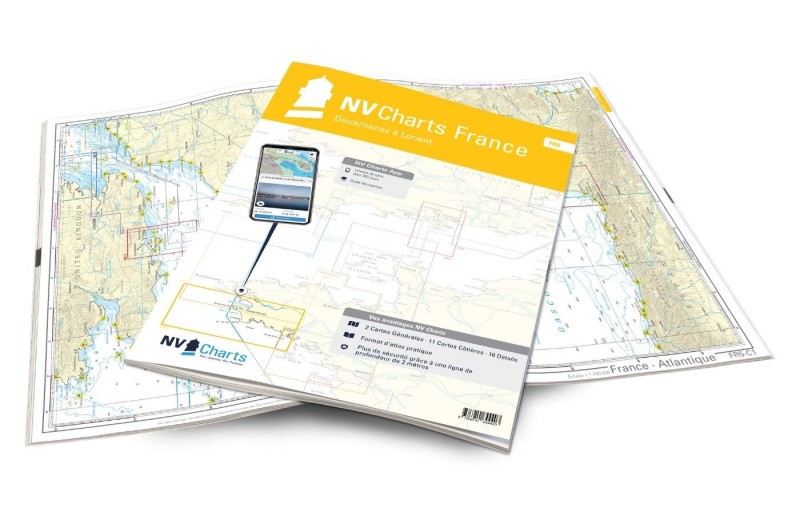
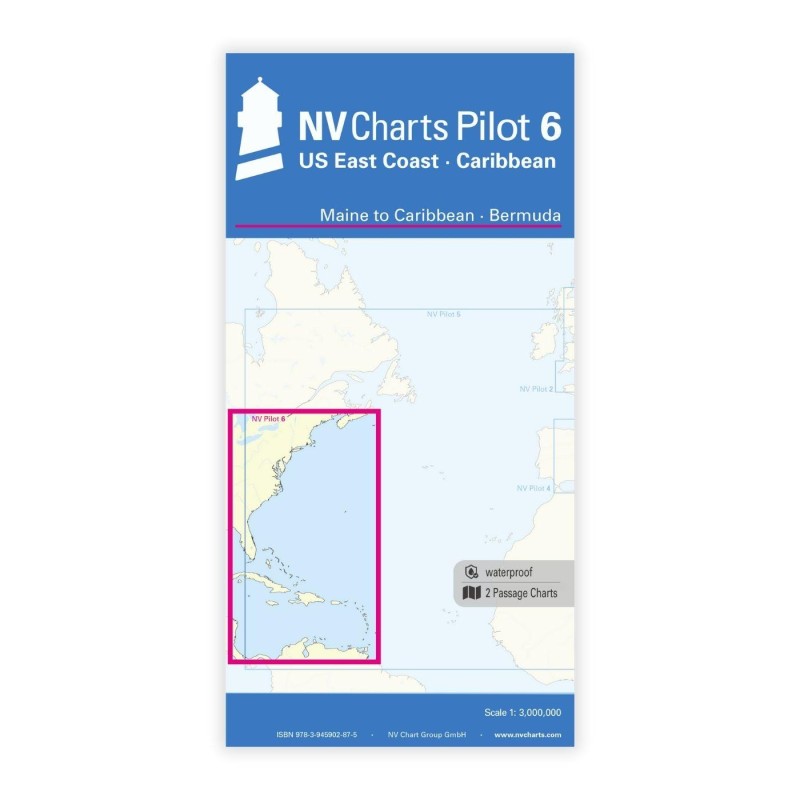
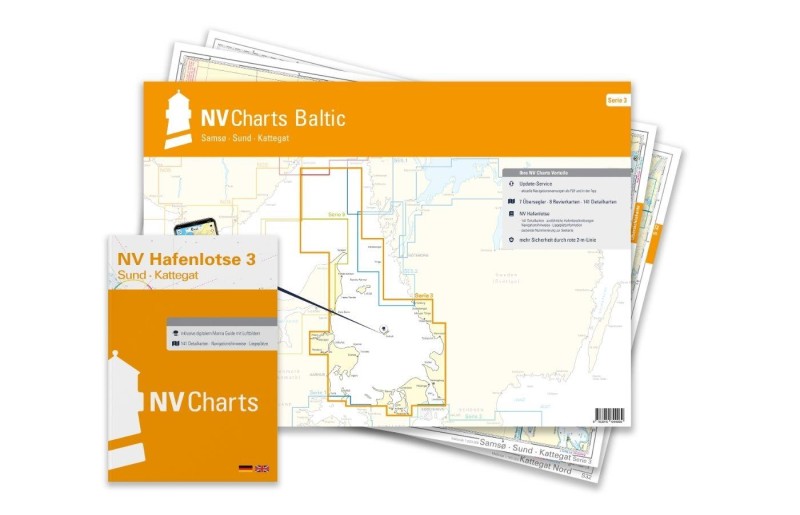
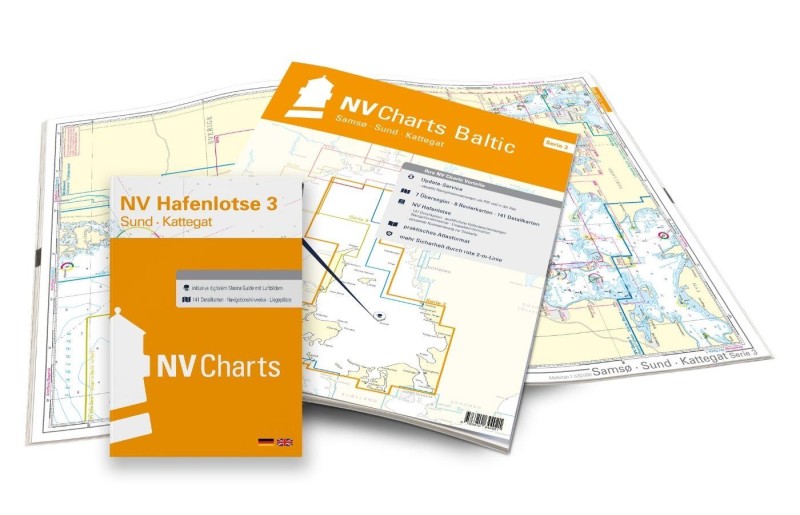
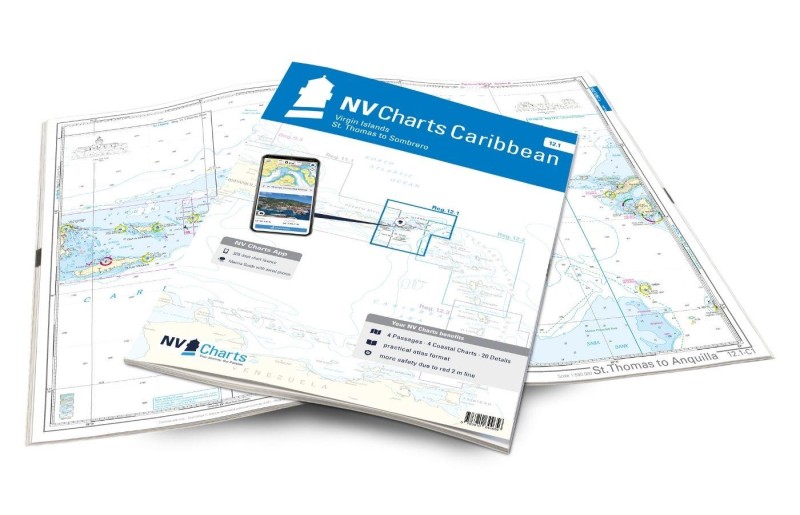
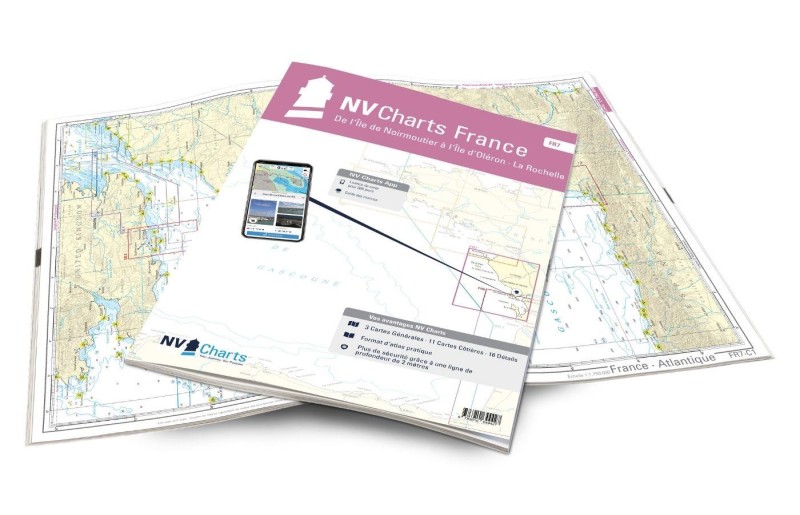
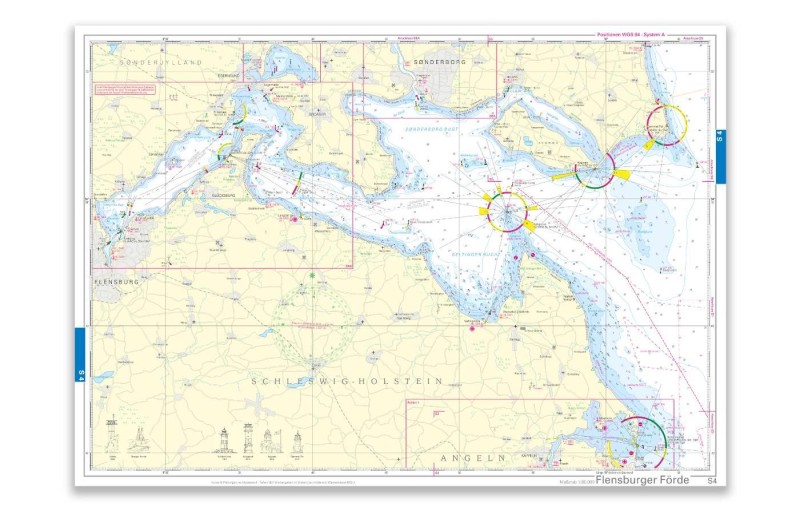
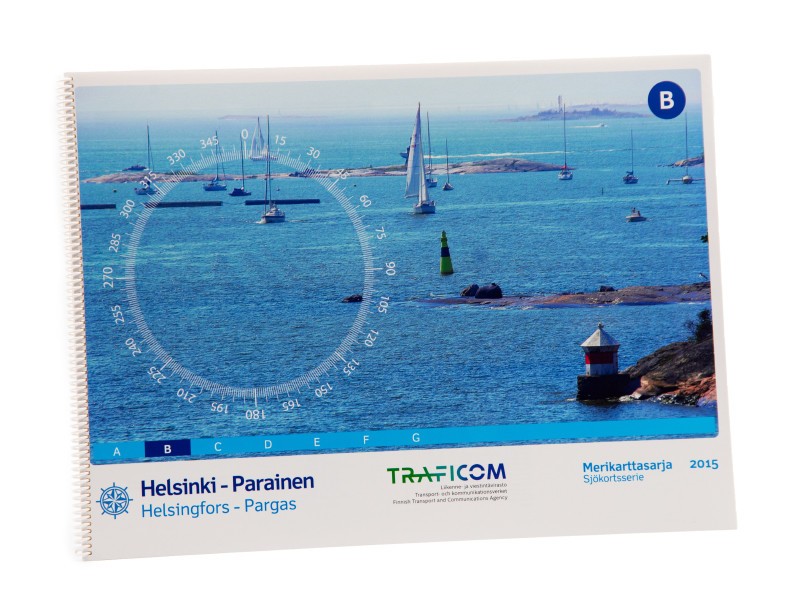
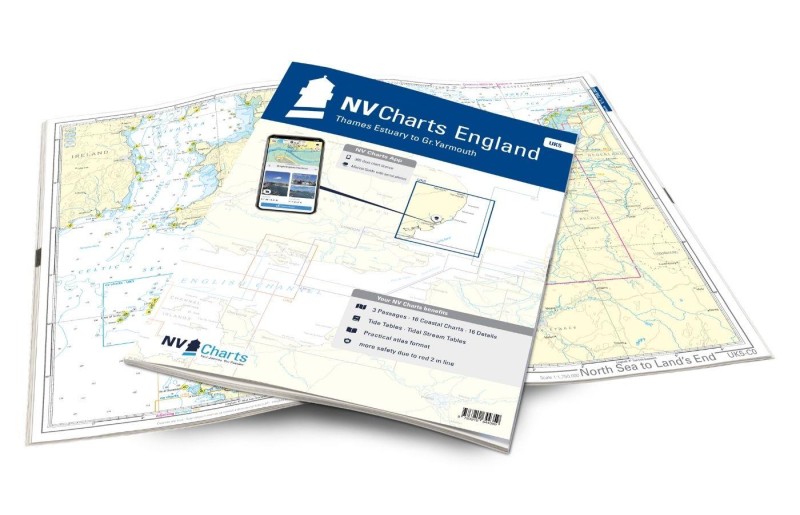
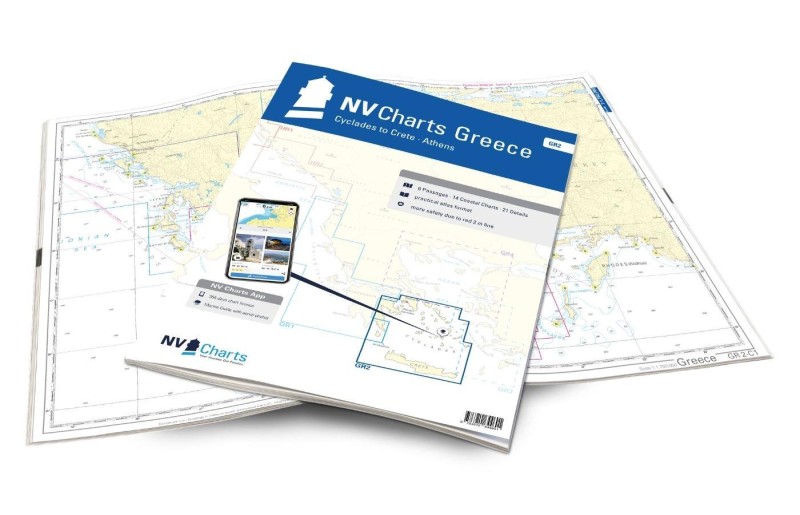
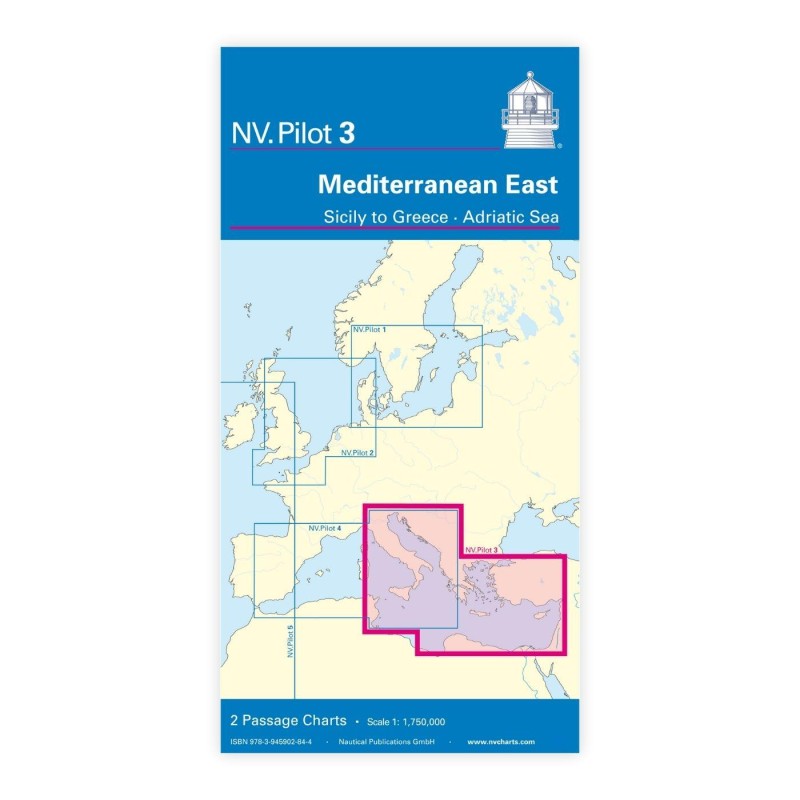
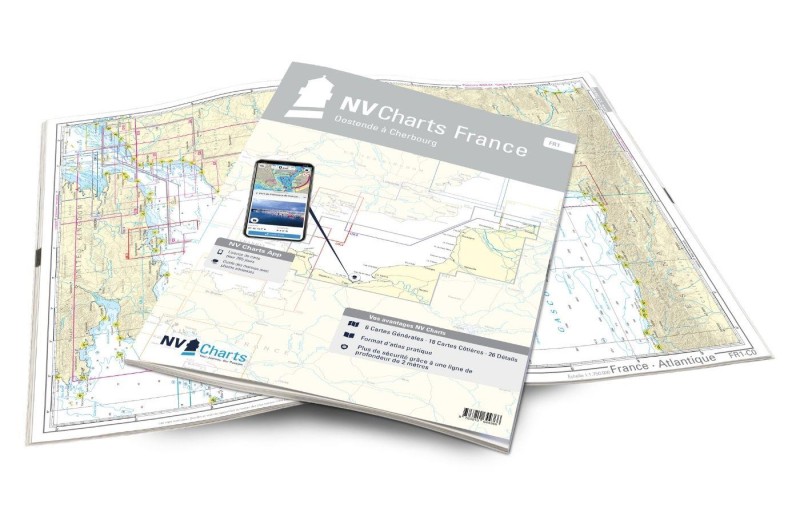
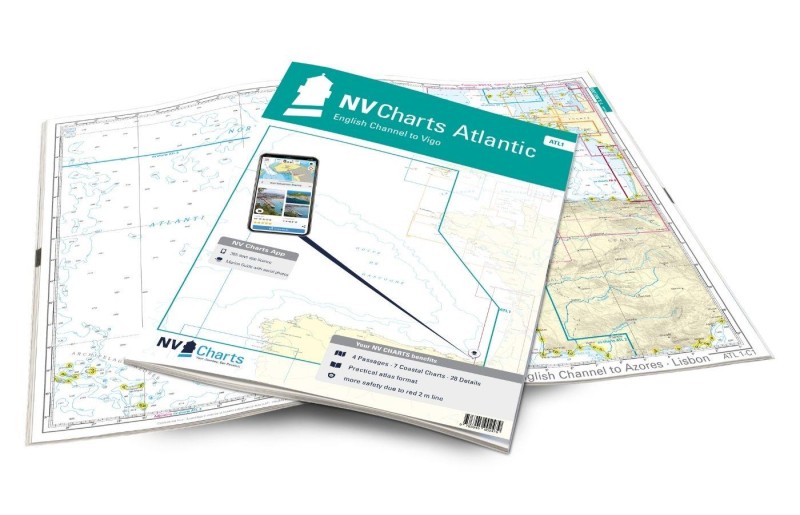
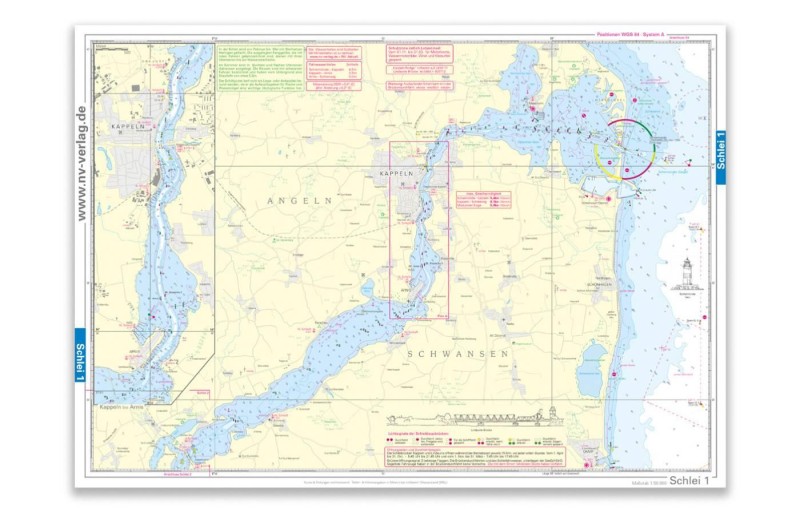
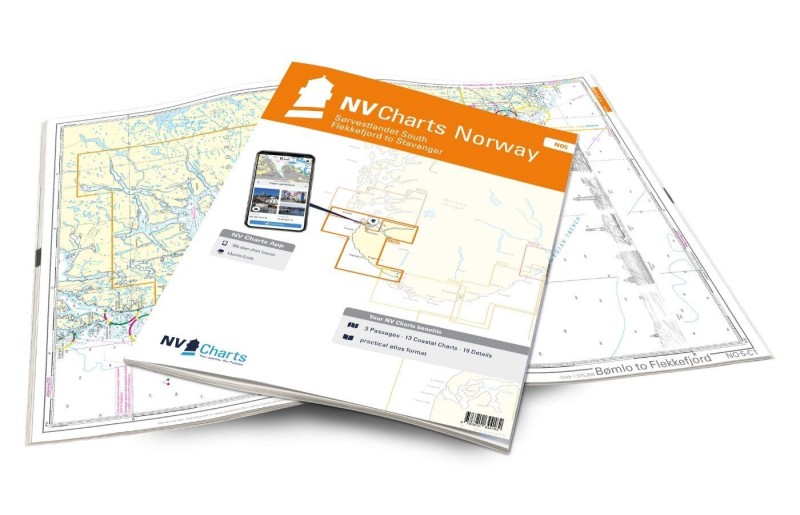
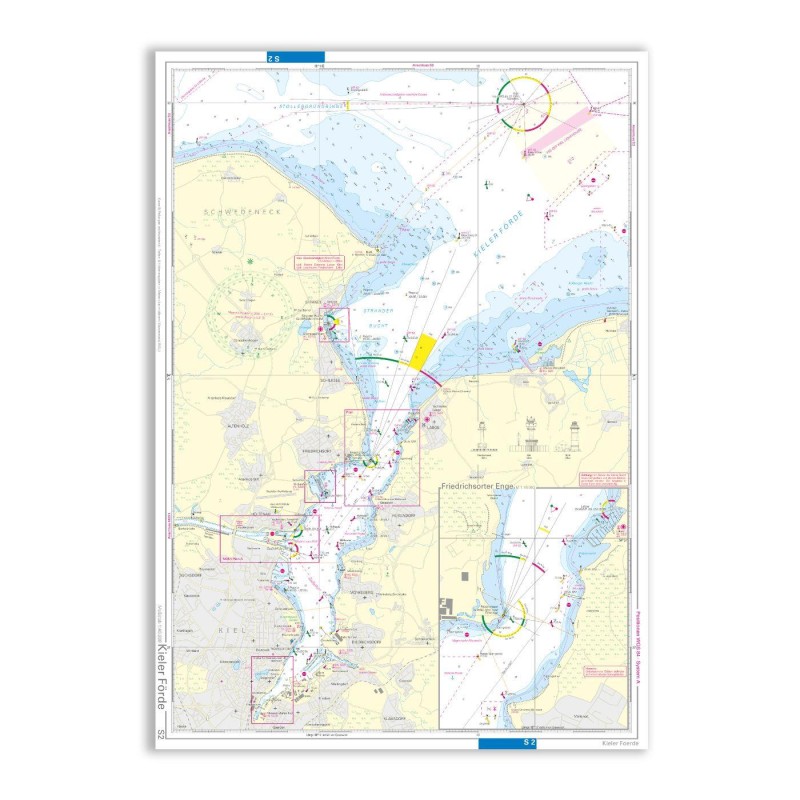
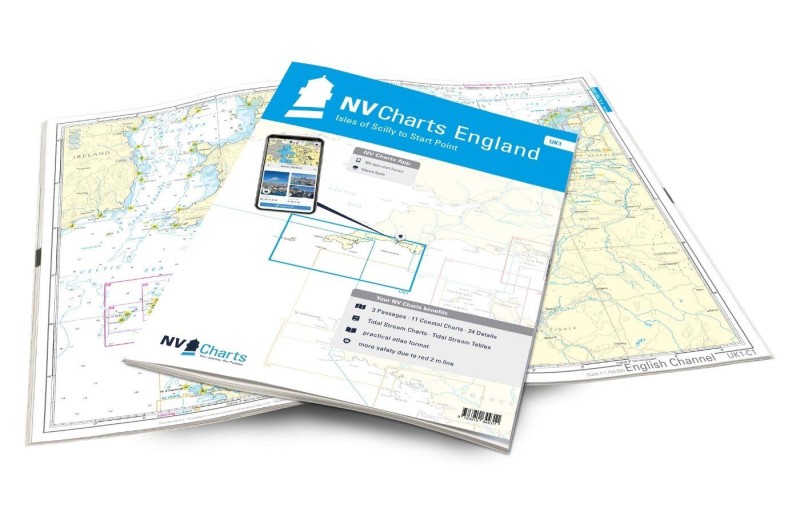
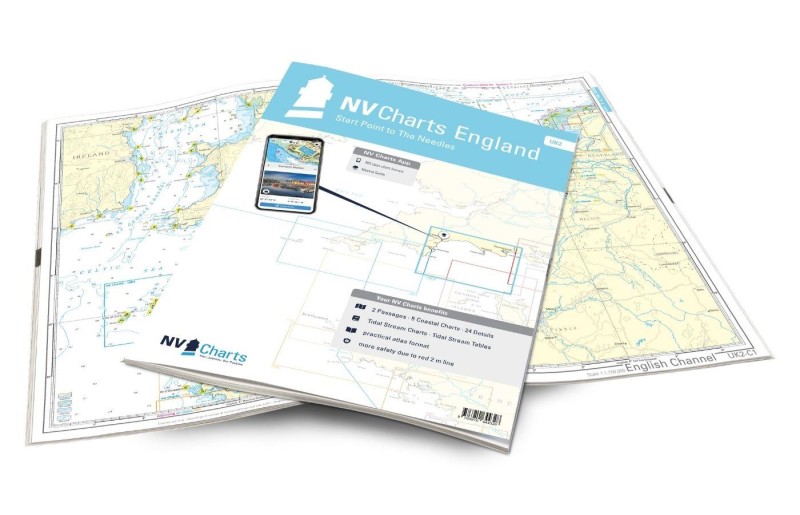
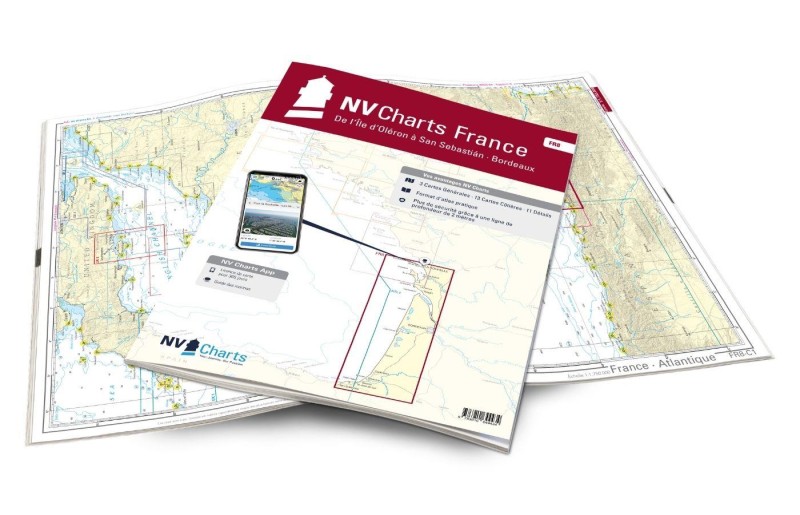
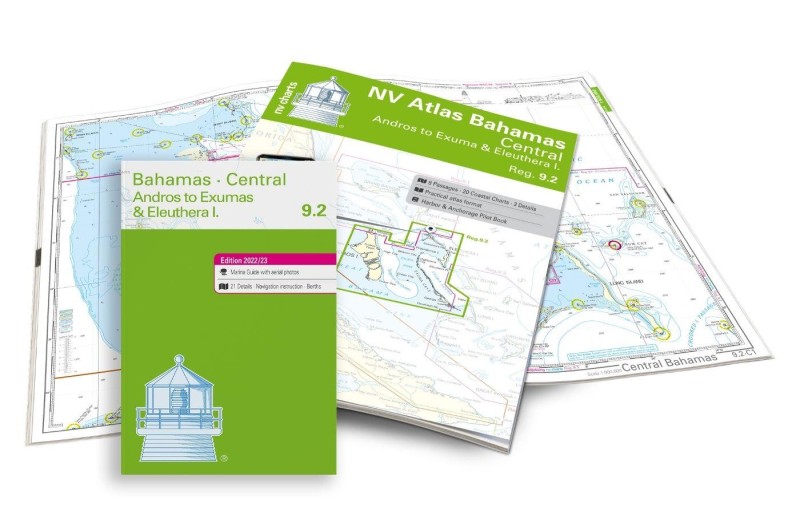
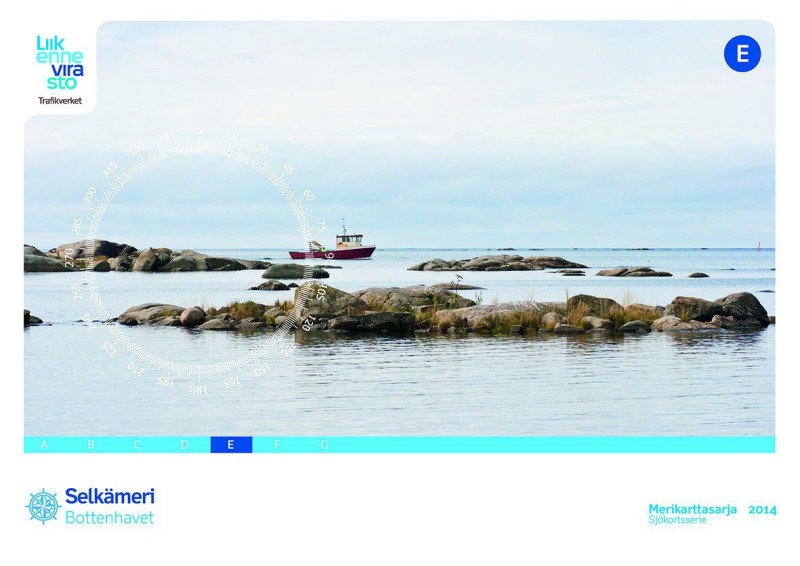
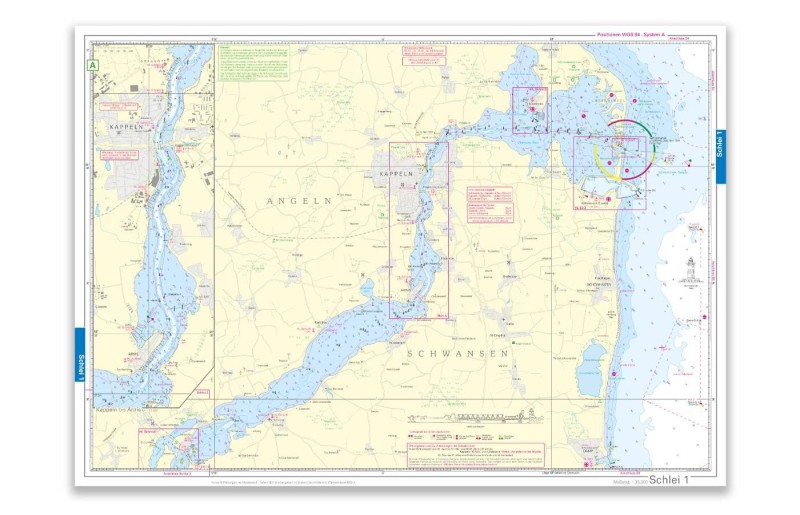
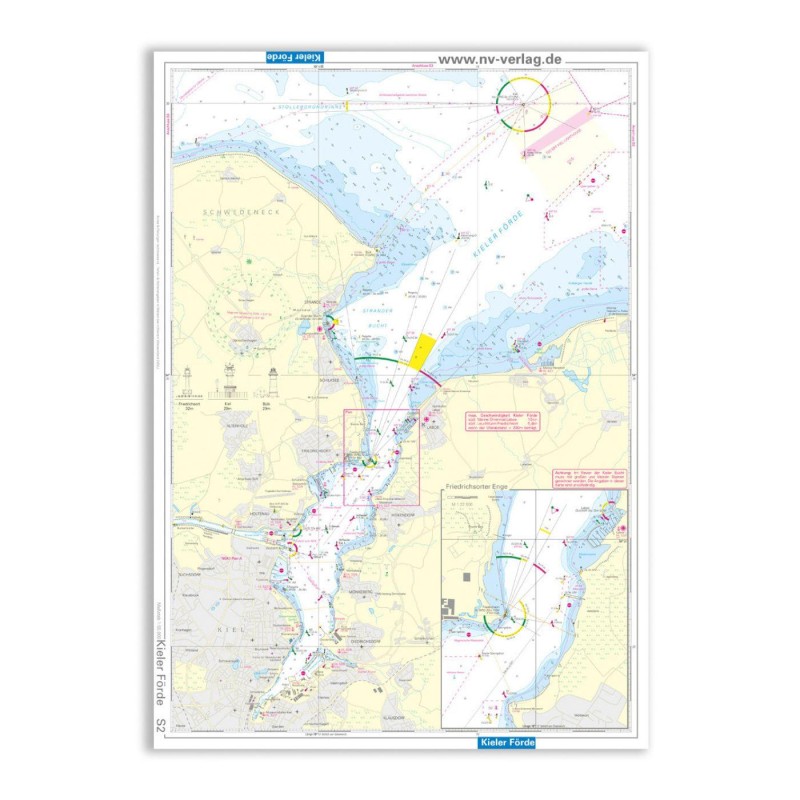
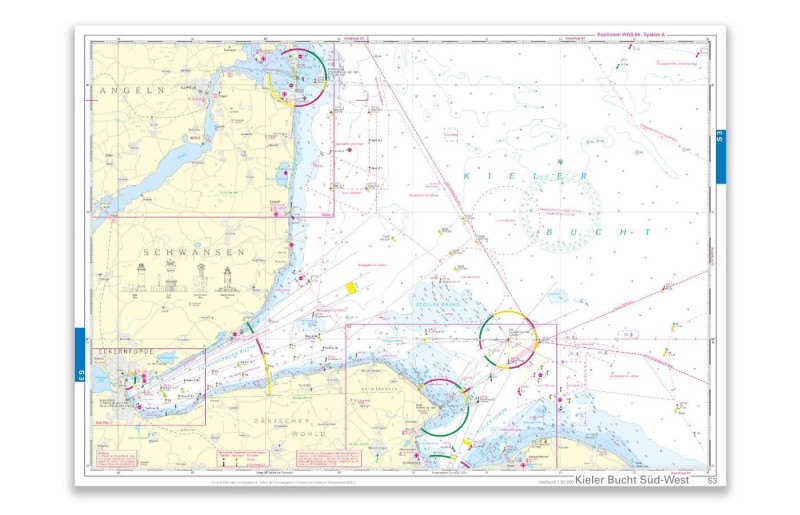
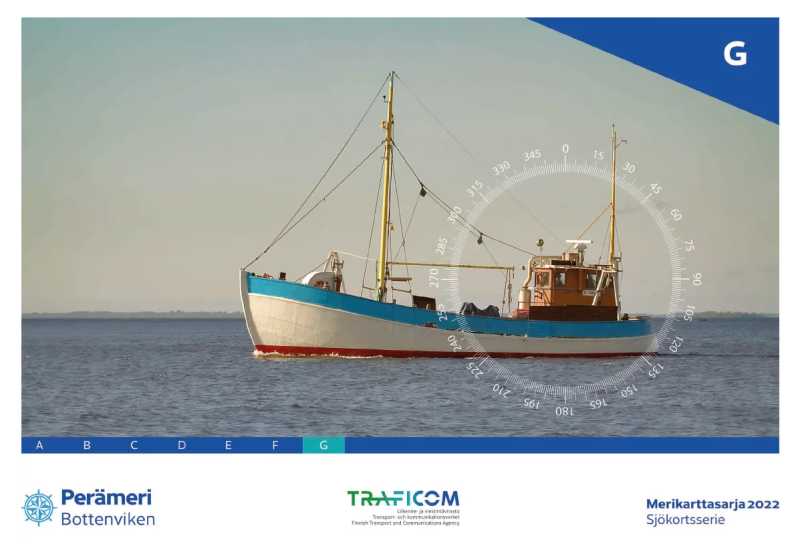
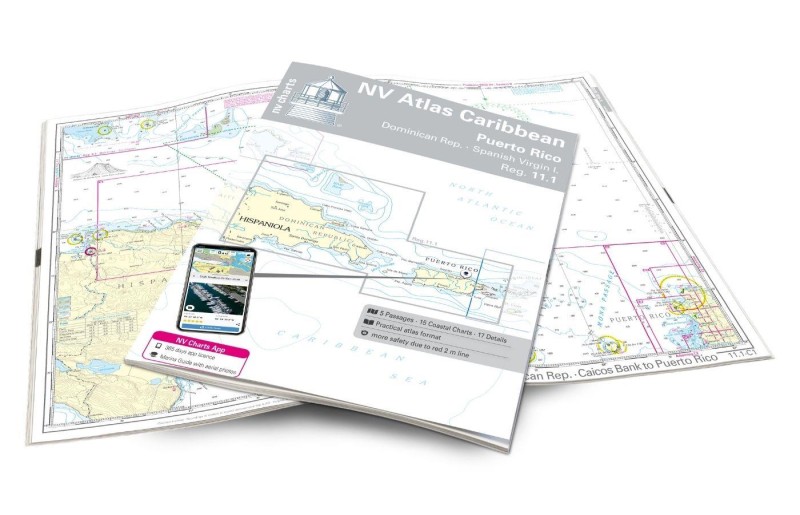
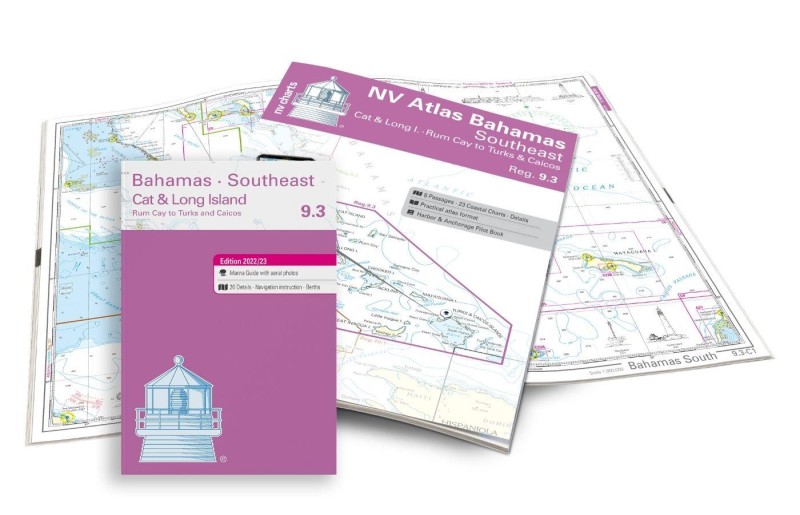
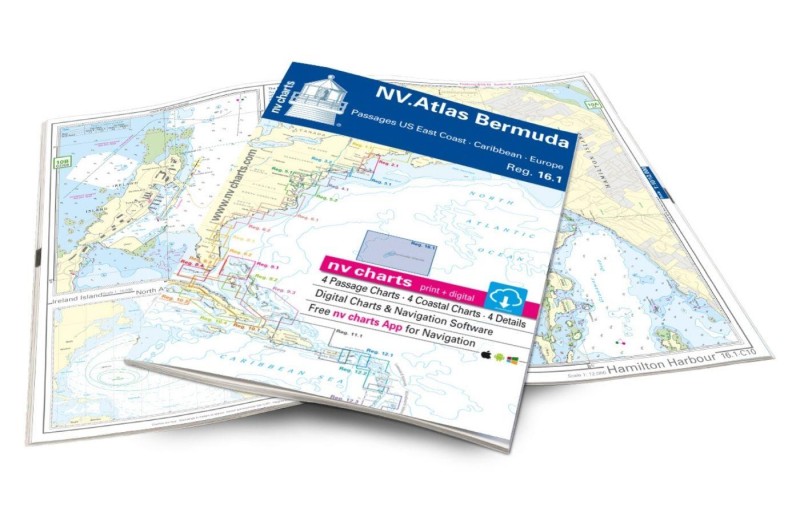
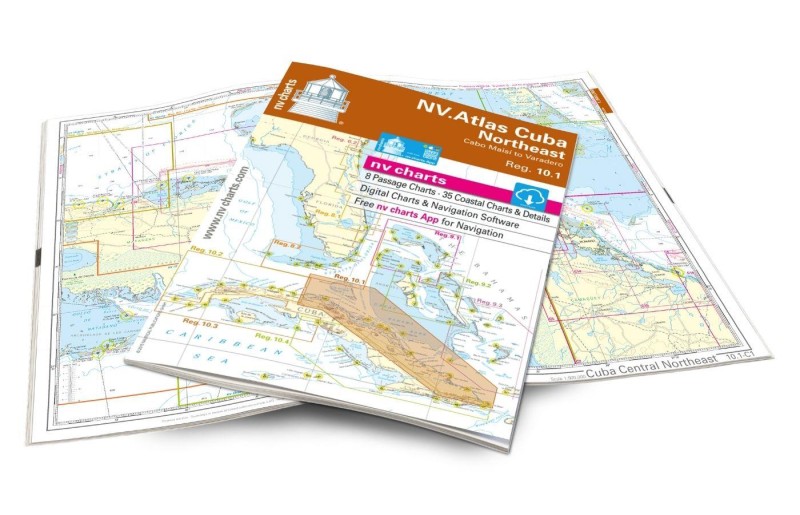
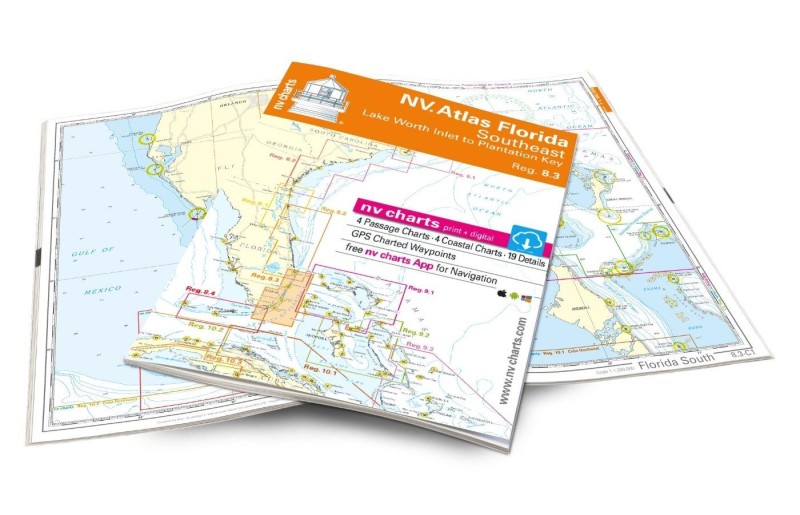
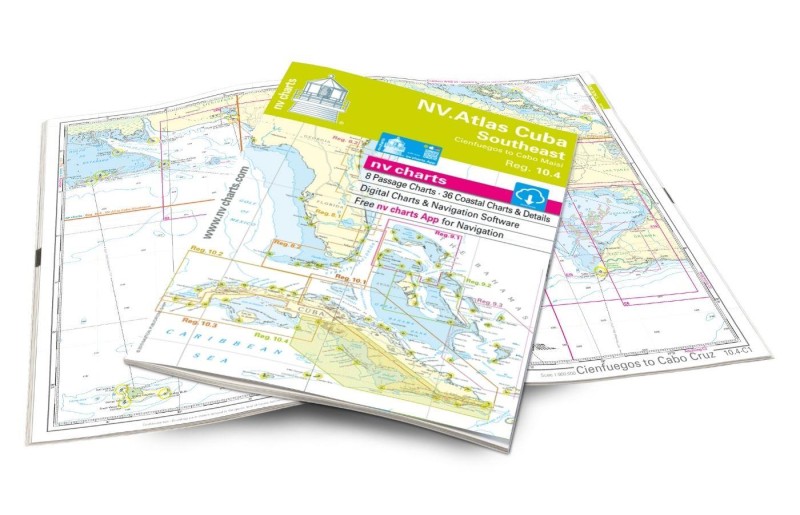
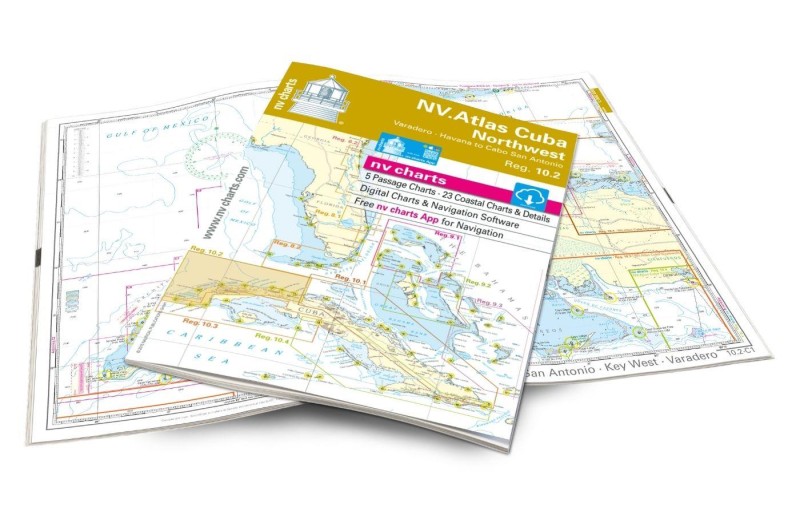
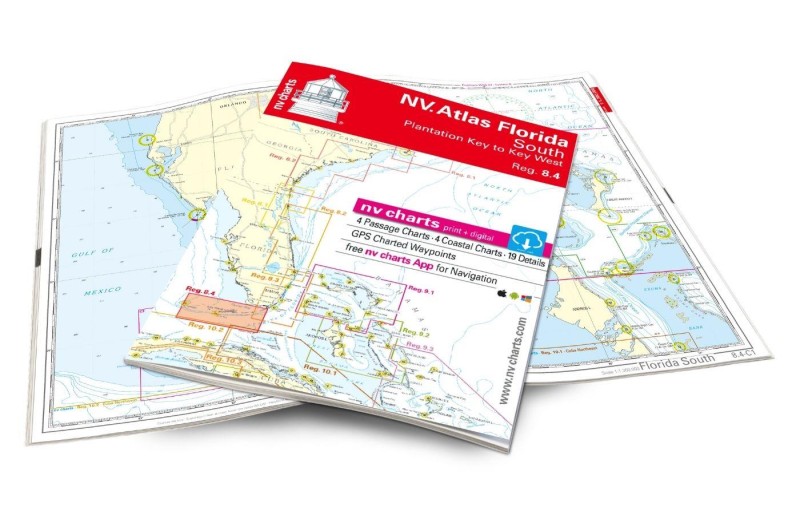
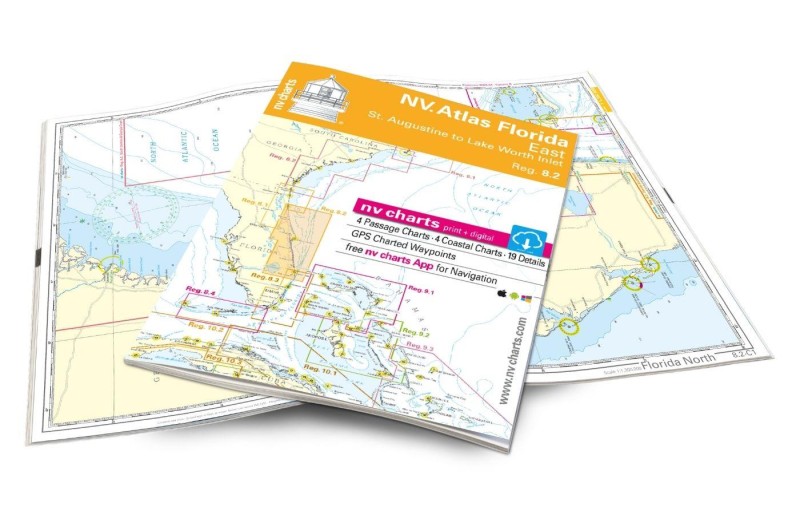
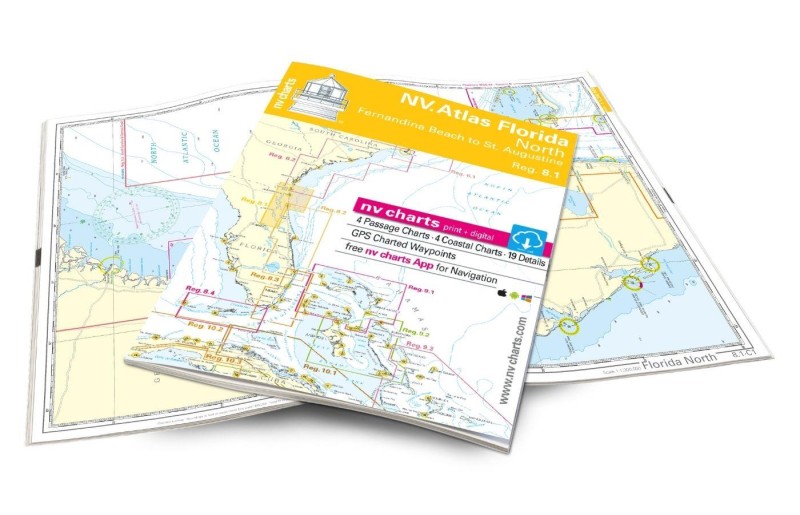
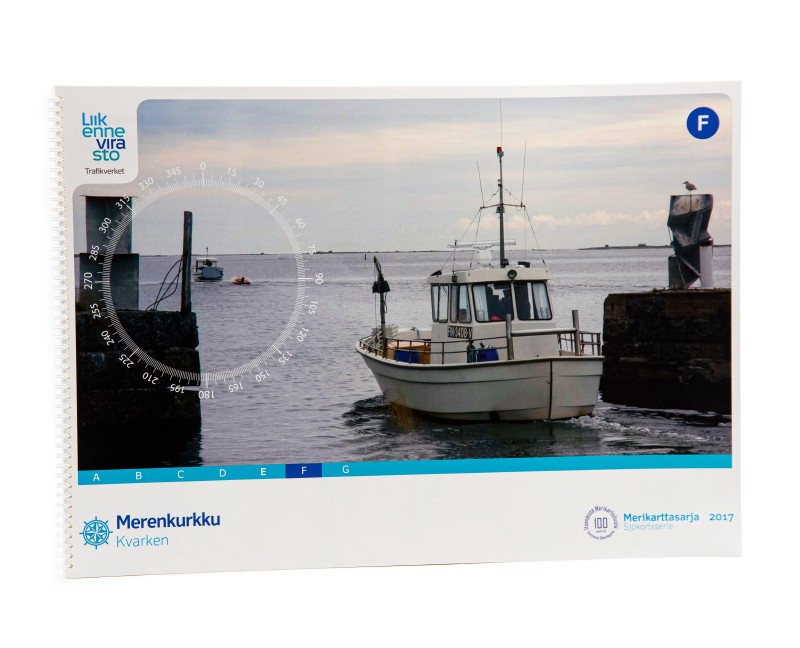
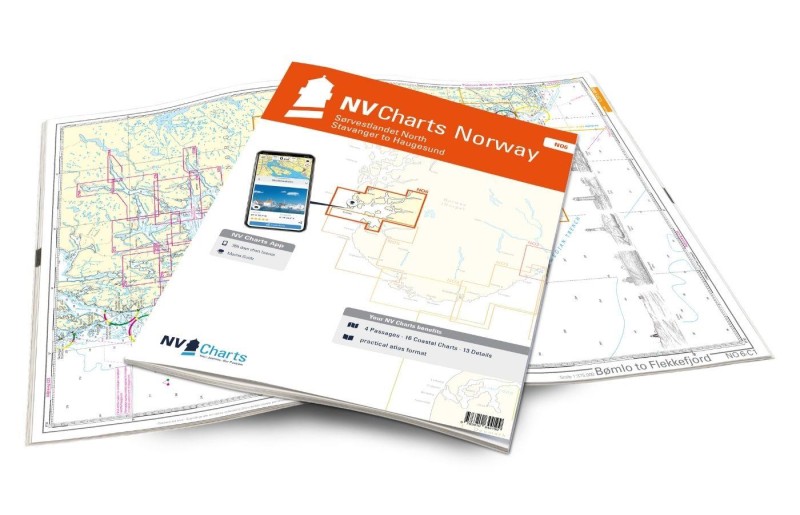
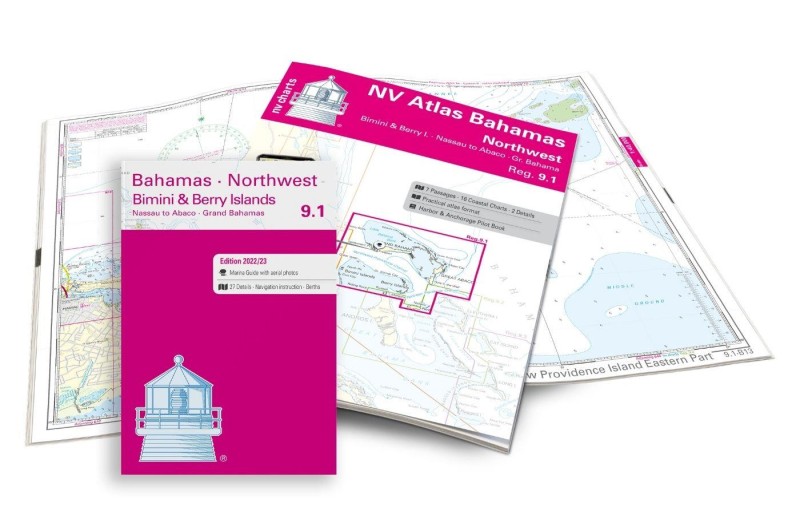
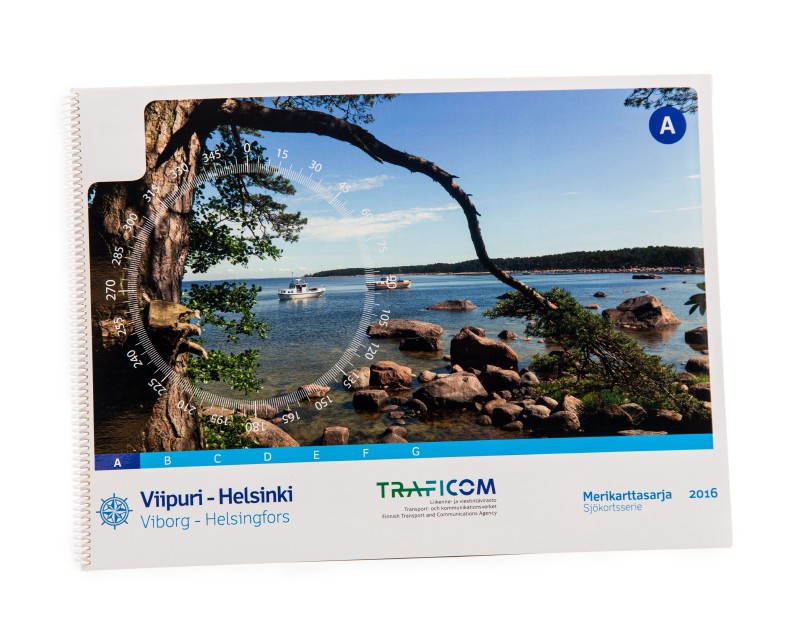
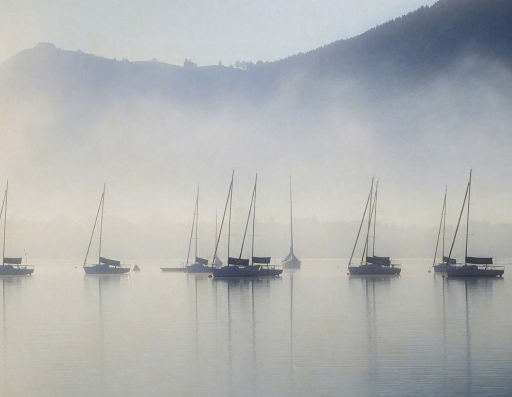
No comments or ratings have been added to this POI.